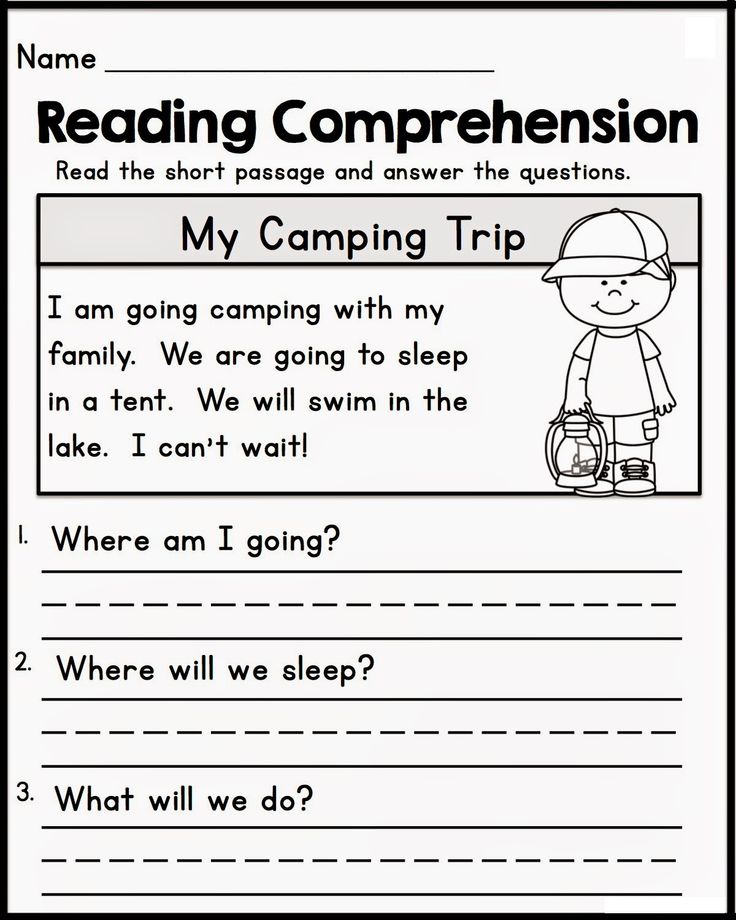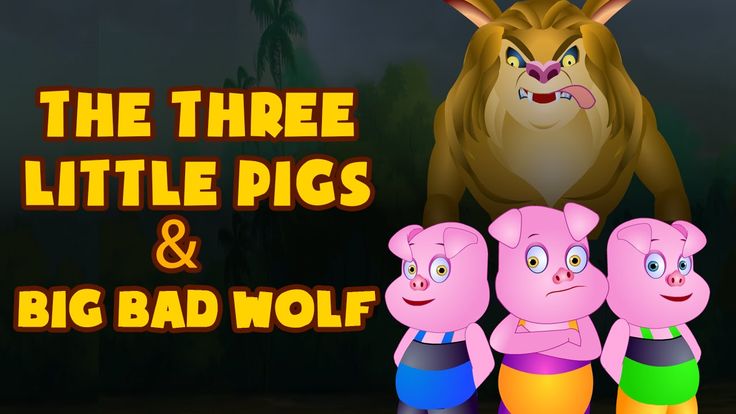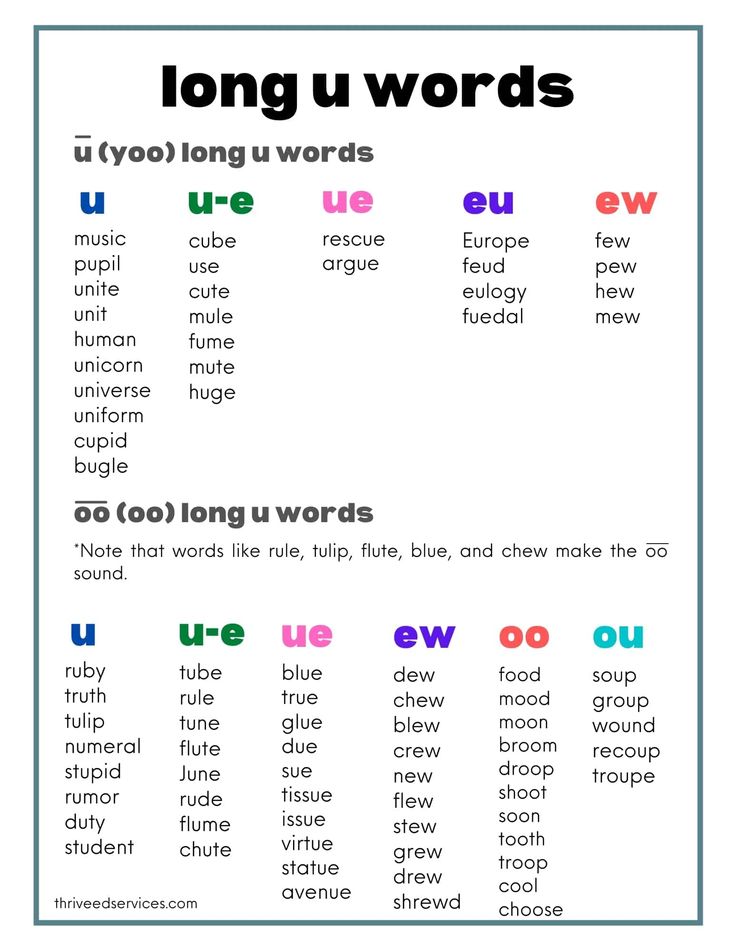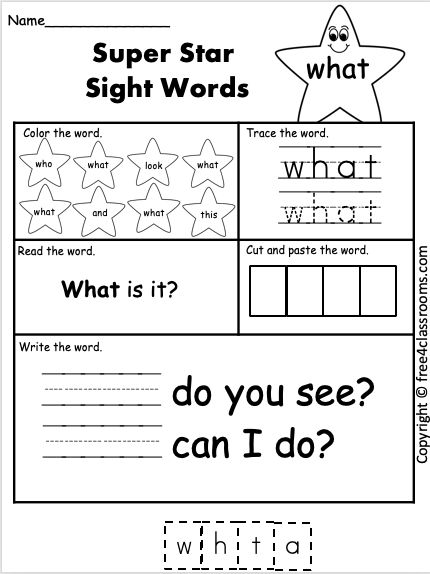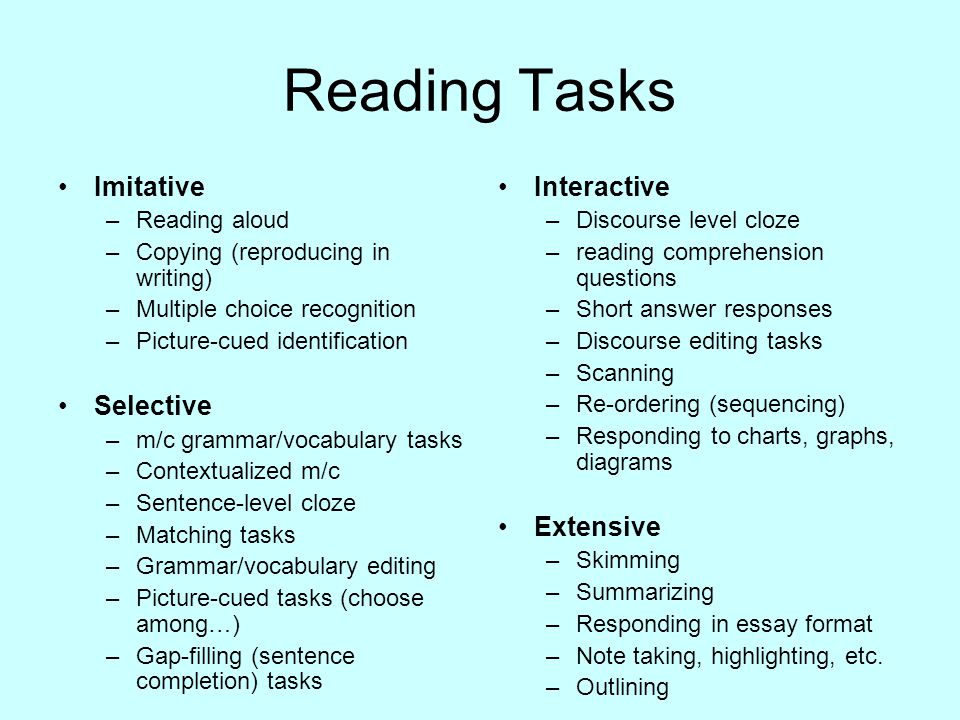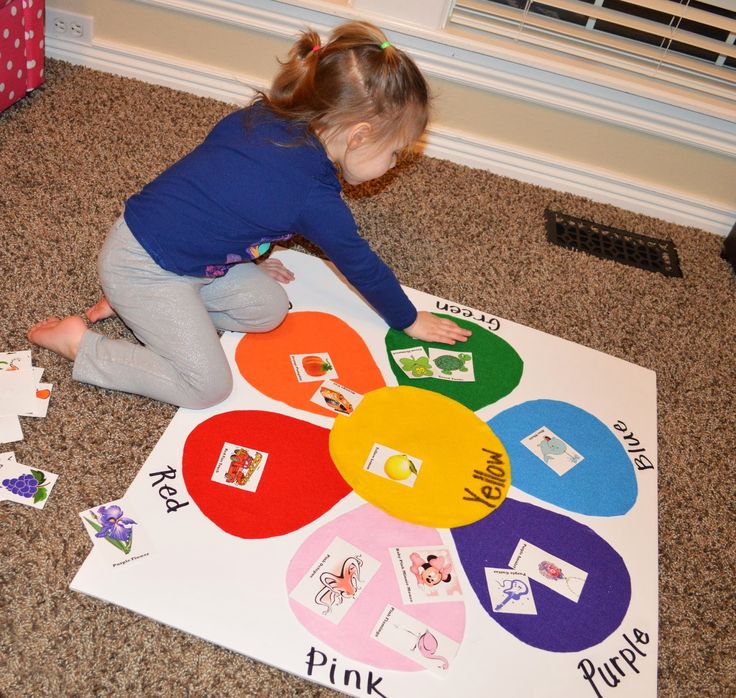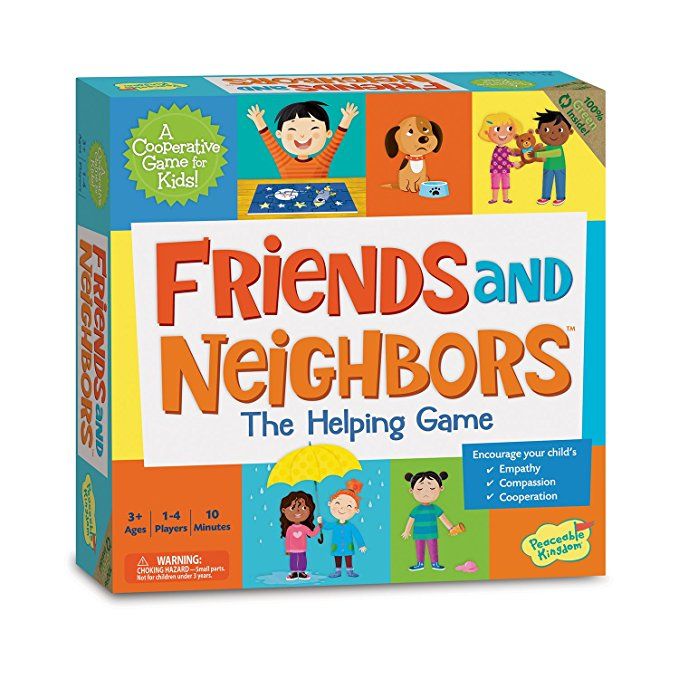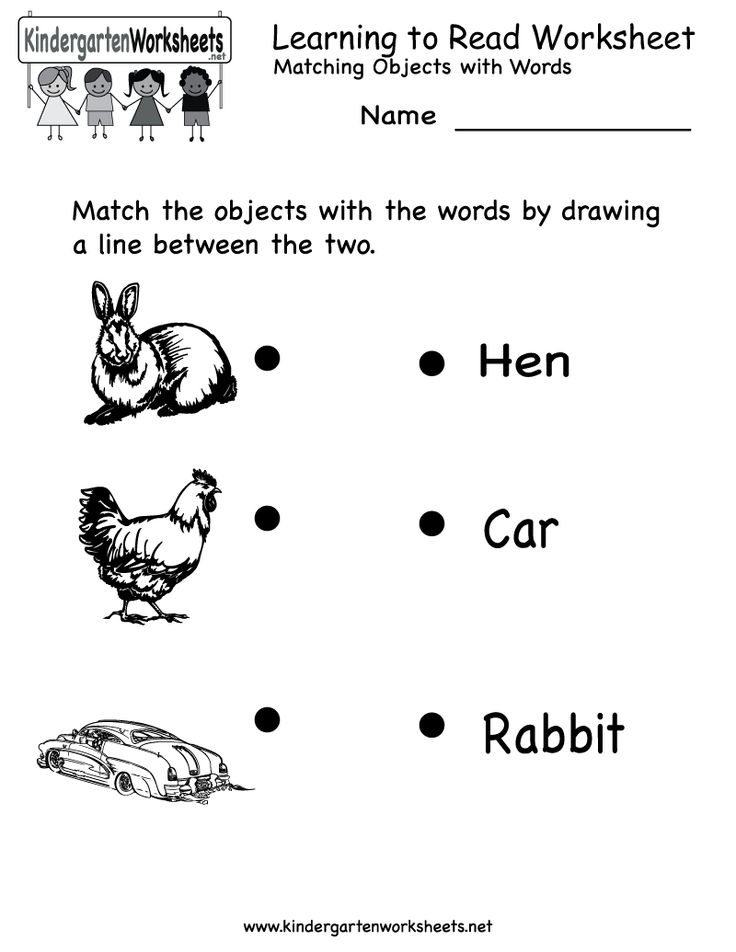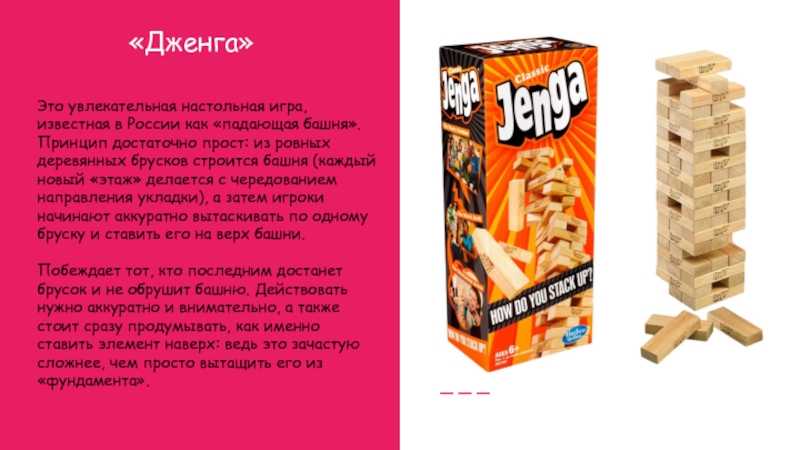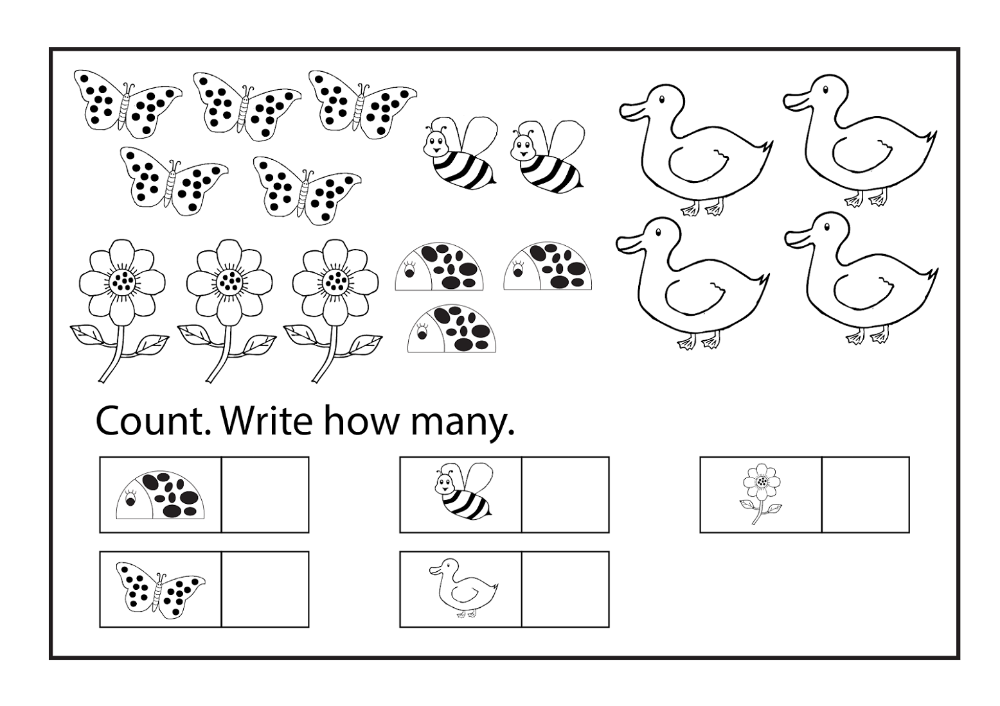Teaching reading to first graders
9 Fun and Easy Tips
With the abundance of information out there, it can seem like there is no clear answer about how to teach a child to read. As a busy parent, you may not have time to wade through all of the conflicting opinions.
That’s why we’re here to help! There are some key elements when it comes to teaching kids to read, so we’ve rounded up nine effective tips to help you boost your child’s reading skills and confidence.
These tips are simple, fit into your lifestyle, and help build foundational reading skills while having fun!
Tips For How To Teach A Child To Read
1) Focus On Letter Sounds Over Letter Names
We used to learn that “b” stands for “ball.” But when you say the word ball, it sounds different than saying the letter B on its own. That can be a strange concept for a young child to wrap their head around!
Instead of focusing on letter names, we recommend teaching them the sounds associated with each letter of the alphabet. For example, you could explain that B makes the /b/ sound (pronounced just like it sounds when you say the word ball aloud).
Once they firmly establish a link between a handful of letters and their sounds, children can begin to sound out short words. Knowing the sounds for B, T, and A allows a child to sound out both bat and tab.
As the number of links between letters and sounds grows, so will the number of words your child can sound out!
Now, does this mean that if your child already began learning by matching formal alphabet letter names with words, they won’t learn to match sounds and letters or learn how to read? Of course not!
We simply recommend this process as a learning method that can help some kids with the jump from letter sounds to words.
2) Begin With Uppercase Letters
Practicing how to make letters is way easier when they all look unique! This is why we teach uppercase letters to children who aren’t in formal schooling yet.
Even though lowercase letters are the most common format for letters (if you open a book at any page, the majority of the letters will be lowercase), uppercase letters are easier to distinguish from one another and, therefore, easier to identify.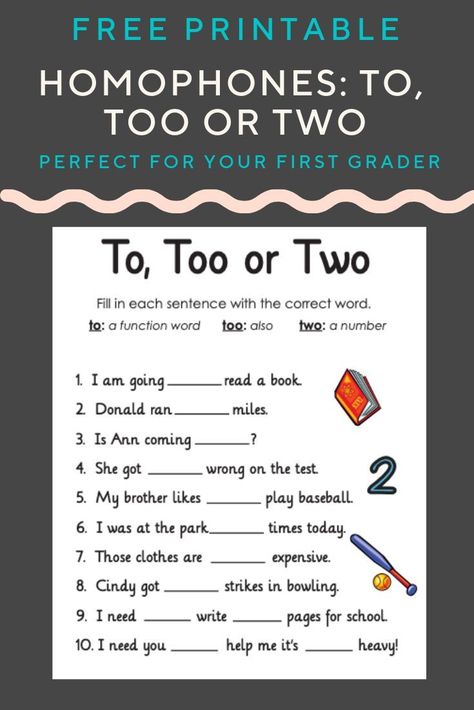
Think about it –– “b” and “d” look an awful lot alike! But “B” and “D” are much easier to distinguish. Starting with uppercase letters, then, will help your child to grasp the basics of letter identification and, subsequently, reading.
To help your child learn uppercase letters, we find that engaging their sense of physical touch can be especially useful. If you want to try this, you might consider buying textured paper, like sandpaper, and cutting out the shapes of uppercase letters.
Ask your child to put their hands behind their back, and then place the letter in their hands. They can use their sense of touch to guess what letter they’re holding! You can play the same game with magnetic letters.
3) Incorporate Phonics
Research has demonstrated that kids with a strong background in phonics (the relationship between sounds and symbols) tend to become stronger readers in the long-run.
A phonetic approach to reading shows a child how to go letter by letter — sound by sound — blending the sounds as you go in order to read words that the child (or adult) has not yet memorized.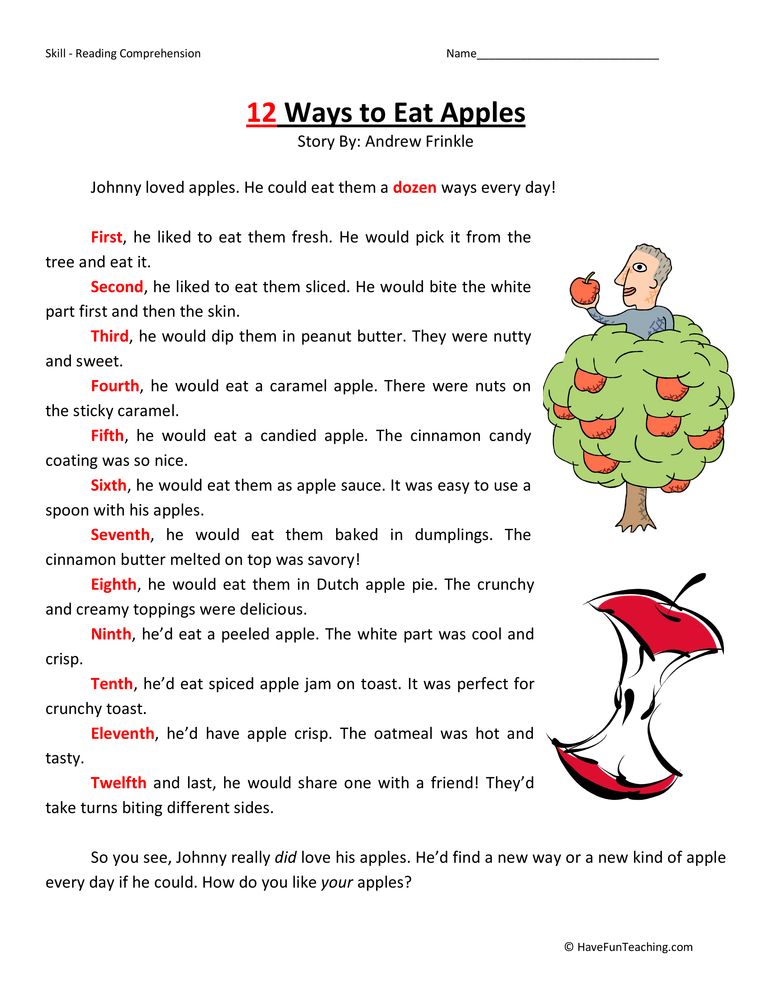
Once kids develop a level of automatization, they can sound out words almost instantly and only need to employ decoding with longer words. Phonics is best taught explicitly, sequentially, and systematically — which is the method HOMER uses.
If you’re looking for support helping your child learn phonics, our HOMER Learn & Grow app might be exactly what you need! With a proven reading pathway for your child, HOMER makes learning fun!
4) Balance Phonics And Sight Words
Sight words are also an important part of teaching your child how to read. These are common words that are usually not spelled the way they sound and can’t be decoded (sounded out).
Because we don’t want to undo the work your child has done to learn phonics, sight words should be memorized. But keep in mind that learning sight words can be challenging for many young children.
So, if you want to give your child a good start on their reading journey, it’s best to spend the majority of your time developing and reinforcing the information and skills needed to sound out words.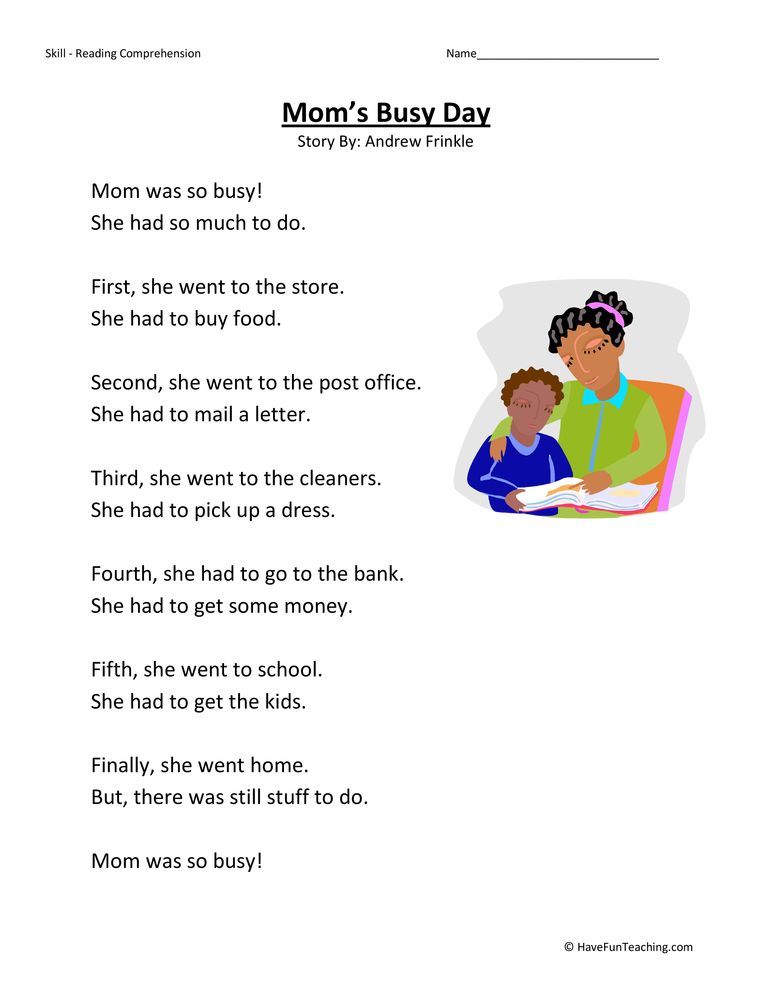
5) Talk A Lot
Even though talking is usually thought of as a speech-only skill, that’s not true. Your child is like a sponge. They’re absorbing everything, all the time, including the words you say (and the ones you wish they hadn’t heard)!
Talking with your child frequently and engaging their listening and storytelling skills can increase their vocabulary.
It can also help them form sentences, become familiar with new words and how they are used, as well as learn how to use context clues when someone is speaking about something they may not know a lot about.
All of these skills are extremely helpful for your child on their reading journey, and talking gives you both an opportunity to share and create moments you’ll treasure forever!
6) Keep It Light
Reading is about having fun and exploring the world (real and imaginary) through text, pictures, and illustrations. When it comes to reading, it’s better for your child to be relaxed and focused on what they’re learning than squeezing in a stressful session after a long day.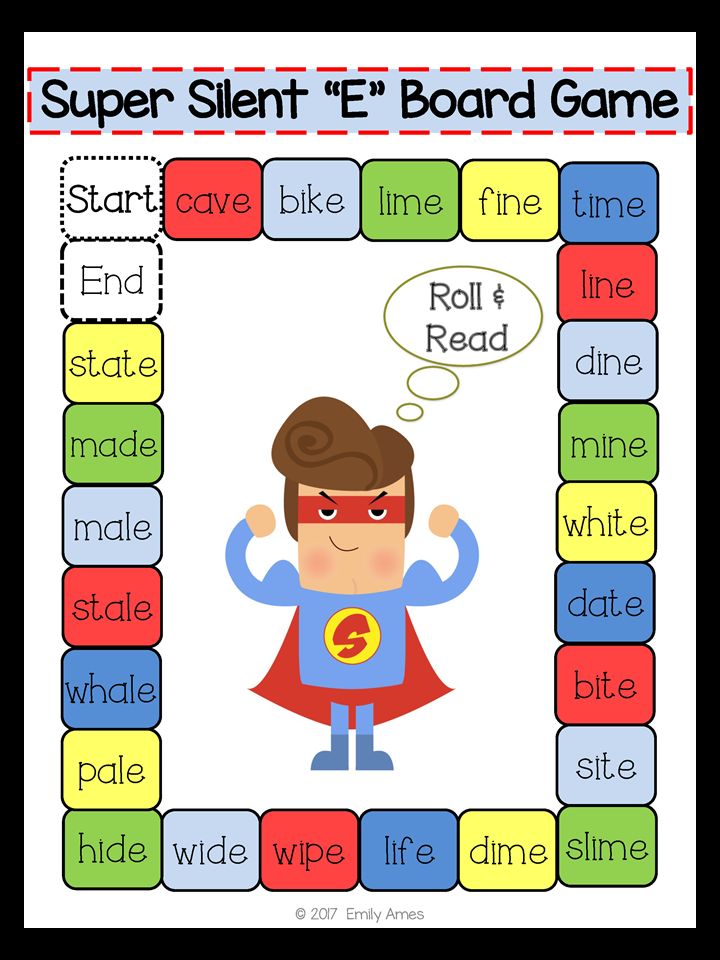
We’re about halfway through the list and want to give a gentle reminder that your child shouldn’t feel any pressure when it comes to reading — and neither should you!
Although consistency is always helpful, we recommend focusing on quality over quantity. Fifteen minutes might sound like a short amount of time, but studies have shown that 15 minutes a day of HOMER’s reading pathway can increase early reading scores by 74%!
It may also take some time to find out exactly what will keep your child interested and engaged in learning. That’s OK! If it’s not fun, lighthearted, and enjoyable for you and your child, then shake it off and try something new.
7) Practice Shared Reading
While you read with your child, consider asking them to repeat words or sentences back to you every now and then while you follow along with your finger.
There’s no need to stop your reading time completely if your child struggles with a particular word. An encouraging reminder of what the word means or how it’s pronounced is plenty!
Another option is to split reading aloud time with your child.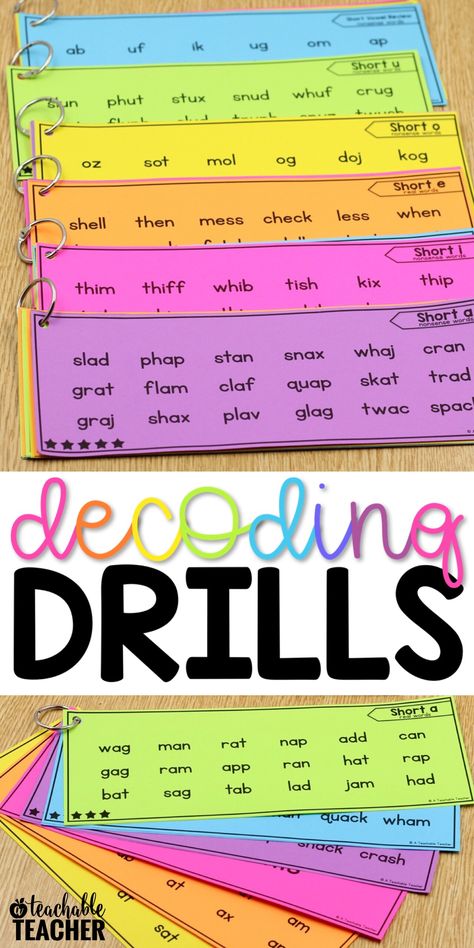 For emerging readers, you can read one line and then ask them to read the next. For older children, reading one page and letting them read the next page is beneficial.
For emerging readers, you can read one line and then ask them to read the next. For older children, reading one page and letting them read the next page is beneficial.
Doing this helps your child feel capable and confident, which is important for encouraging them to read well and consistently!
This technique also gets your child more acquainted with the natural flow of reading. While they look at the pictures and listen happily to the story, they’ll begin to focus on the words they are reading and engage more with the book in front of them.
Rereading books can also be helpful. It allows children to develop a deeper understanding of the words in a text, make familiar words into “known” words that are then incorporated into their vocabulary, and form a connection with the story.
We wholeheartedly recommend rereading!
8) Play Word Games
Getting your child involved in reading doesn’t have to be about just books. Word games can be a great way to engage your child’s skills without reading a whole story at once.
One of our favorite reading games only requires a stack of Post-It notes and a bunched-up sock. For this activity, write sight words or words your child can sound out onto separate Post-It notes. Then stick the notes to the wall.
Your child can then stand in front of the Post-Its with the bunched-up sock in their hands. You say one of the words and your child throws the sock-ball at the Post-It note that matches!
9) Read With Unconventional Materials
In the same way that word games can help your child learn how to read, so can encouraging your child to read without actually using books!
If you’re interested in doing this, consider using PlayDoh, clay, paint, or indoor-safe sand to form and shape letters or words.
Another option is to fill a large pot with magnetic letters. For emerging learners, suggest that they pull a letter from the pot and try to name the sound it makes. For slightly older learners, see if they can name a word that begins with the same sound, or grab a collection of letters that come together to form a word.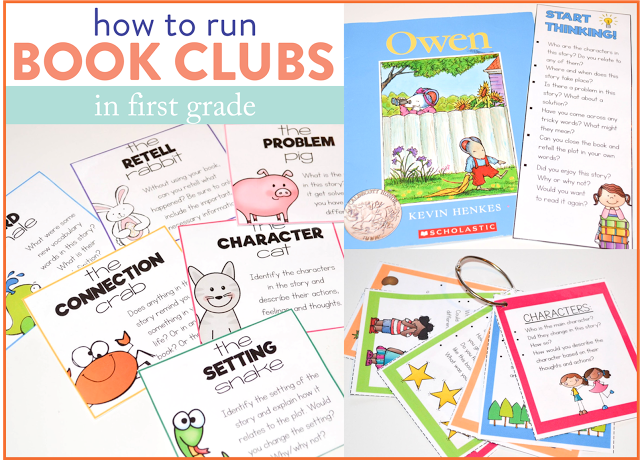
As your child becomes more proficient, you can scale these activities to make them a little more advanced. And remember to have fun with it!
Reading Comes With Time And Practice
Overall, we want to leave you with this: there is no single answer to how to teach a child to read. What works for your neighbor’s child may not work for yours –– and that’s perfectly OK!
Patience, practicing a little every day, and emphasizing activities that let your child enjoy reading are the things we encourage most. Reading is about fun, exploration, and learning!
And if you ever need a bit of support, we’re here for you! At HOMER, we’re your learning partner. Start your child’s reading journey with confidence with our personalized program plus expert tips and learning resources.
Author
First Grade Instruction | Reading Rockets
It is during first grade that most children define themselves as good or poor readers.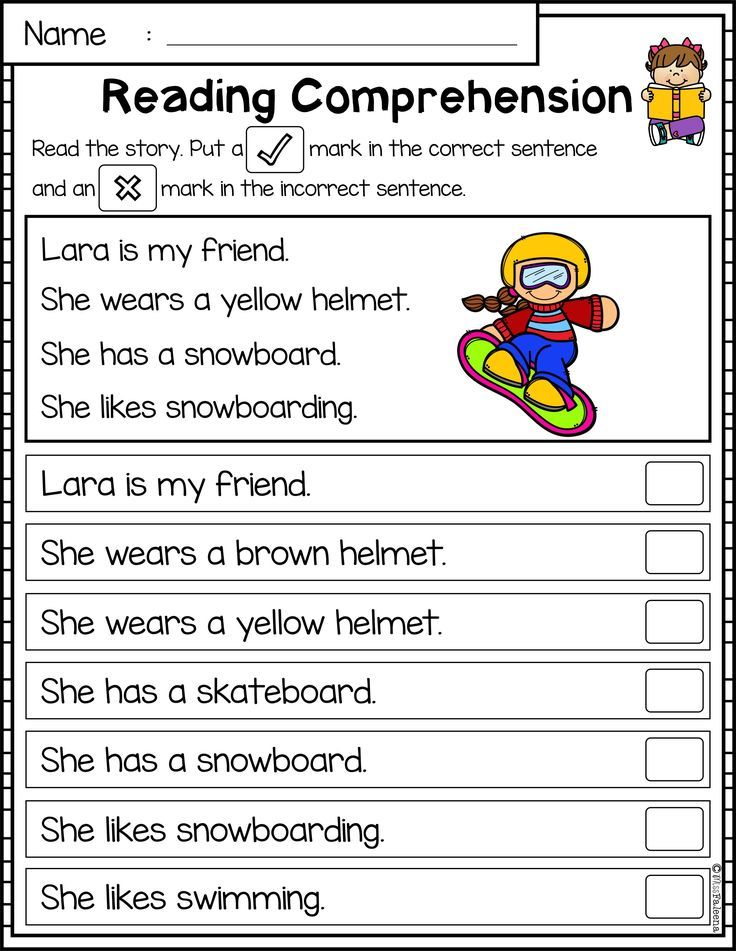 Unfortunately, it is also in first grade where common instructional practices are arguably most inconsistent with the research findings. This gap is reflected in the basal programs most commonly used in first-grade classrooms. The National Academy of Sciences report found that the more neglected instructional components of basal series are among those whose importance is most strongly supported by the research.
Unfortunately, it is also in first grade where common instructional practices are arguably most inconsistent with the research findings. This gap is reflected in the basal programs most commonly used in first-grade classrooms. The National Academy of Sciences report found that the more neglected instructional components of basal series are among those whose importance is most strongly supported by the research.
In this discussion, there are again certain caveats to keep in mind:
There is no replacing passionate teachers who are keenly aware of how their students are learning; research will never be able to tell teachers exactly what to do for a given child on a given day. What research can tell teachers, and what teachers are hungry to know, is what the evidence shows will work most often with most children and what will help specific groups of children.
To integrate research-based instructional practices into their daily work, teachers need the following:
Training in alphabetic basics
To read, children must know how to blend isolated sounds into words; to write, they must know how to break words into their component sounds.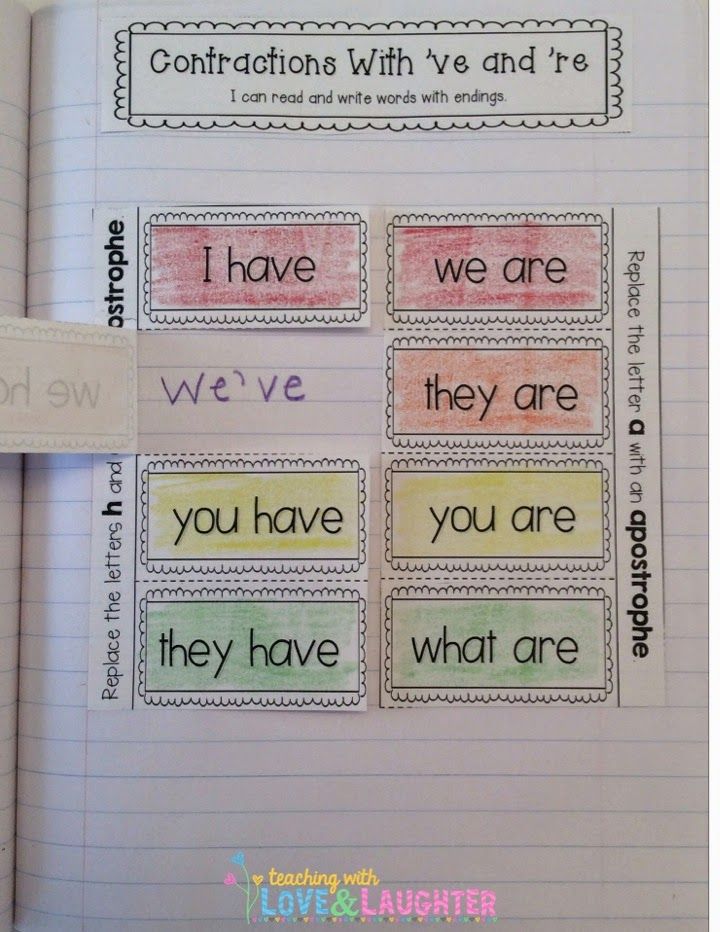 First-grade students who don't yet know their letters and sounds will need special catch-up instruction. In addition to such phonemic awareness, beginning readers must know their letters and have a basic understanding of how the letters of words, going from left to right, represent their sounds. First-grade classrooms must be designed to ensure that all children have a firm grasp of these basics before formal reading and spelling instruction begins.
First-grade students who don't yet know their letters and sounds will need special catch-up instruction. In addition to such phonemic awareness, beginning readers must know their letters and have a basic understanding of how the letters of words, going from left to right, represent their sounds. First-grade classrooms must be designed to ensure that all children have a firm grasp of these basics before formal reading and spelling instruction begins.
A proper balance between phonics and meaning in their instruction
In recent years, most educators have come to advocate a balanced approach to early reading instruction, promising attention to basic skills and exposure to rich literature. However, classroom practices of teachers, schools, and districts using balanced approaches vary widely.
Some teachers teach a little phonics on the side, perhaps using special materials for this purpose, while they primarily use basal reading programs that do not follow a strong sequence of phonics instruction.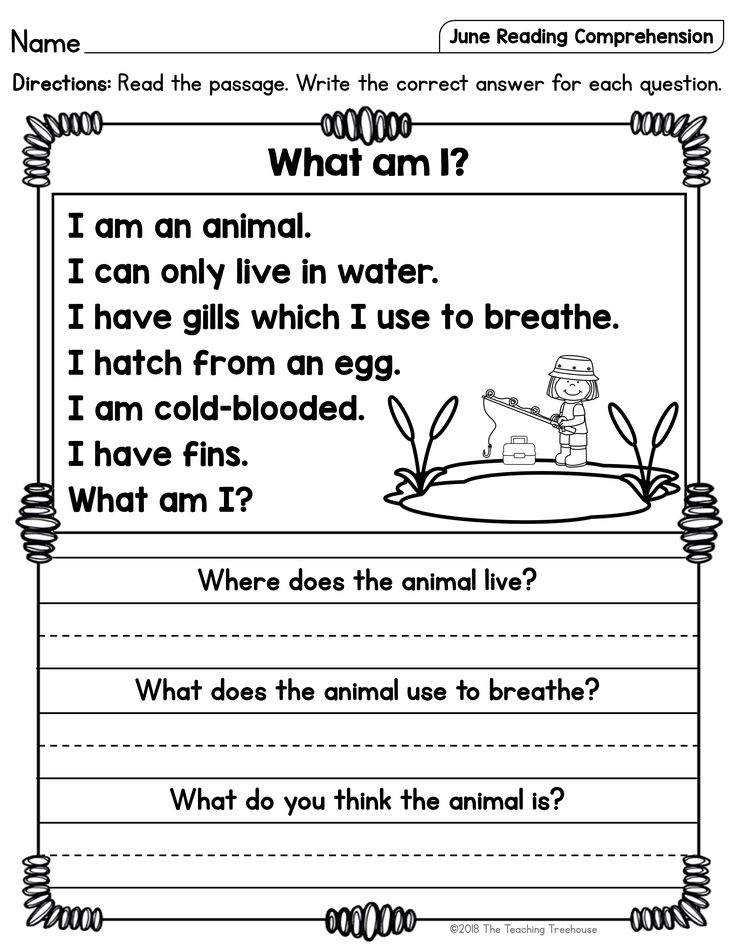 Others teach phonics in context, which means stopping from time to time during reading or writing instruction to point out, for example, a short a or an application of the silent e rule. These instructional strategies work with some children but are not consistent with evidence about how to help children, especially those who are most at risk, learn to read most effectively.
Others teach phonics in context, which means stopping from time to time during reading or writing instruction to point out, for example, a short a or an application of the silent e rule. These instructional strategies work with some children but are not consistent with evidence about how to help children, especially those who are most at risk, learn to read most effectively.
The National Academy of Sciences study, Preventing Reading Difficulties in Young Children, recommends first-grade instruction that provides explicit instruction and practice with sound structures that lead to familiarity with spelling-sound conventions and their use in identifying printed words. The bottom line is that all children have to learn to sound out words rather than relying on context and pictures as their primary strategies to determine meaning.
Does this mean that every child needs phonics instruction? Research shows that all proficient readers rely on deep and ready knowledge of spelling-sound correspondence while reading, whether this knowledge was specifically taught or simply inferred by students.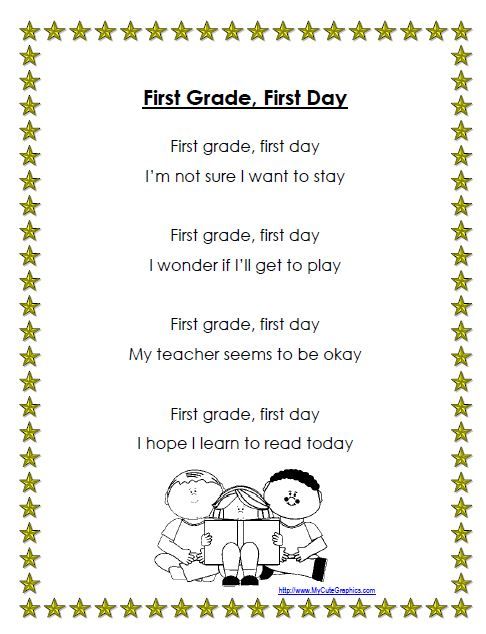 Conversely, failure to learn to use spelling/sound correspondences to read and spell words is shown to be the most frequent and debilitating cause of reading difficulty. No one questions that many children do learn to read without any direct classroom instruction in phonics. But many children, especially children from homes that are not language rich or who potentially have learning disabilities, do need more systematic instruction in word-attack strategies.
Conversely, failure to learn to use spelling/sound correspondences to read and spell words is shown to be the most frequent and debilitating cause of reading difficulty. No one questions that many children do learn to read without any direct classroom instruction in phonics. But many children, especially children from homes that are not language rich or who potentially have learning disabilities, do need more systematic instruction in word-attack strategies.
Well-sequenced phonics instruction early in first grade has been shown to reduce the incidence of reading difficulty even as it accelerates the growth of the class as a whole. Given this, it is probably best to start all children, most especially in high-poverty areas, with explicit phonics instruction. Such an approach does require continually monitoring children's progress both to allow those who are progressing quickly to move ahead before they become bored and to ensure that those who are having difficulties get the assistance they need.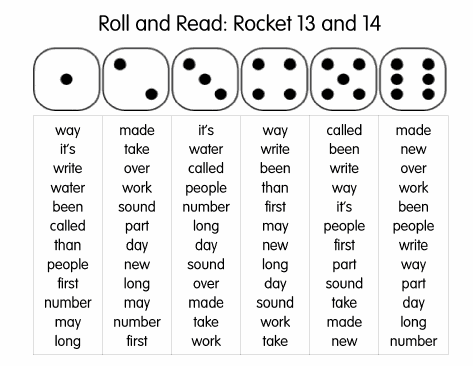
Strong reading materials
Early in first grade, a child's reading materials should feature a high proportion of new words that use the letter-sound relationships they have been taught. It makes no sense to teach decoding strategies and then have children read materials in which these strategies won't work. While research does not specify the exact percentage of words children should be able to recognize or sound out, it is clear that most children will learn to read more effectively with books in which this percentage is high.
On this point, the National Academy of Sciences report recommends that students should read well-written and engaging texts that include words that children can decipher to give them the chance to apply their emerging skills. It further recommends that children practice reading independently with texts slightly below their frustration level and receive assistance with slightly more difficult texts.
If the books children read only give them rare opportunities to sound out words that are new to them, they are unlikely to use sounding out as a consistent strategy.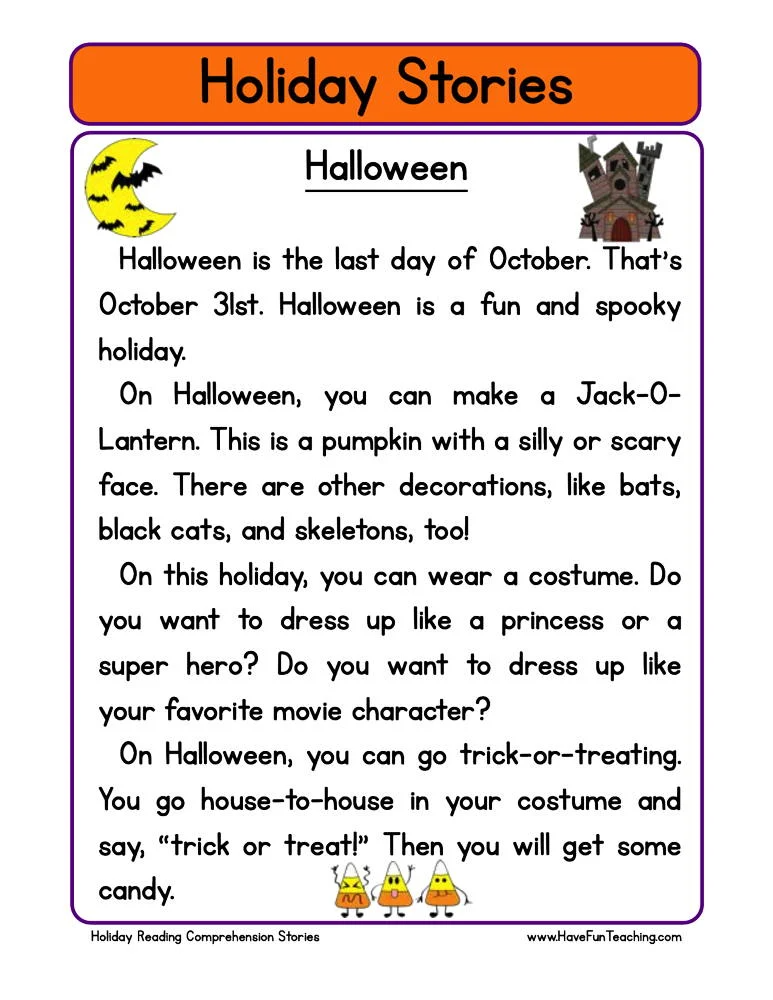 A study comparing the achievement of two groups of average-ability first-graders being taught phonics explicitly provides evidence of this. The group of children who used texts with a high proportion of words they could sound out learned to read much better than the group who had texts in which they could rarely apply the phonics they were being taught.
A study comparing the achievement of two groups of average-ability first-graders being taught phonics explicitly provides evidence of this. The group of children who used texts with a high proportion of words they could sound out learned to read much better than the group who had texts in which they could rarely apply the phonics they were being taught.
None of this should be read to mean that children should be reading meaningless or boring material. There is no need to return to Dan can fan the man. It's as important that children find joy and meaning in reading as it is that they develop the skills they need. Reading pleasure should always be as much a focus as reading skill. Research shows that the children who learn to read most effectively are the children who read the most and are most highly motivated to read.
The texts children read need to be as interesting and meaningful as possible. Still, at the very early stages, this is difficult. It isn't possible to write gripping fiction with only five letter sounds.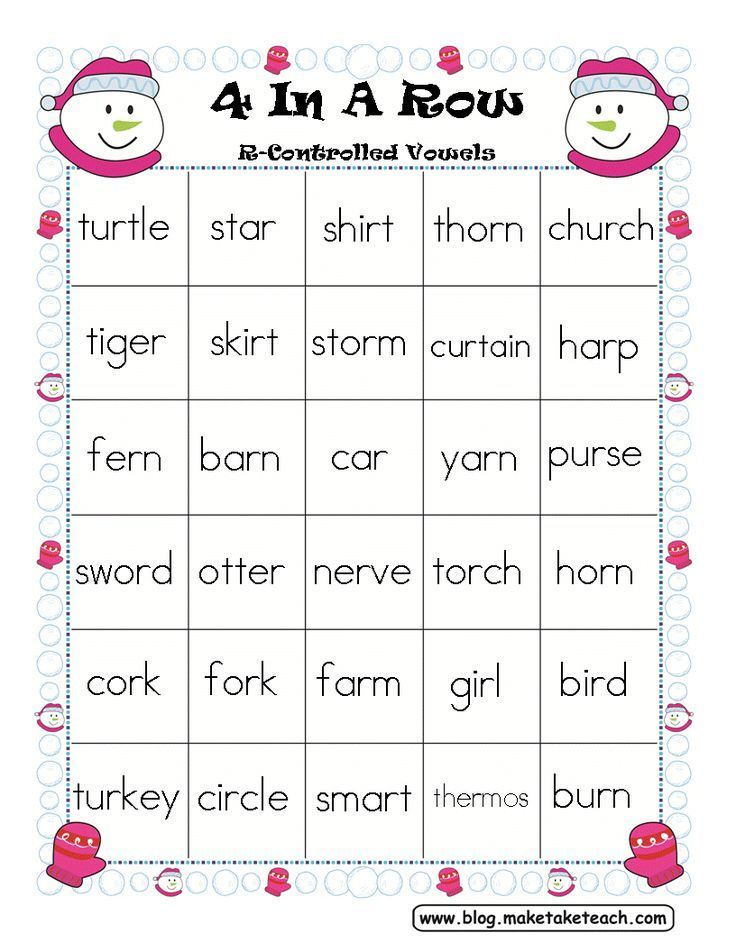 But a meaningful context can be created by embedding decodable text in stories that provide other supports to build meaning and pleasure. For example, some early first-grade texts use pictures to represent words that students cannot yet decode. Others include a teacher text on each page, read by the teacher, parent, or other reader, which tells part of the story. The students then read their portion, which uses words containing the spelling-sound relationships they know. Between the two types of texts, a meaningful and interesting story can be told.
But a meaningful context can be created by embedding decodable text in stories that provide other supports to build meaning and pleasure. For example, some early first-grade texts use pictures to represent words that students cannot yet decode. Others include a teacher text on each page, read by the teacher, parent, or other reader, which tells part of the story. The students then read their portion, which uses words containing the spelling-sound relationships they know. Between the two types of texts, a meaningful and interesting story can be told.
Strategies for teaching comprehension
Learning to read is not a linear process. Students do not need to learn to decode before they can learn to comprehend. Both skills should be taught at the same time from the earliest stages of reading instruction. Comprehension strategies can be taught using material that is read to children, as well as using material the children read themselves.
Before reading, teachers can establish the purpose for the reading, review vocabulary, activate background knowledge, and encourage children to predict what the story will be about.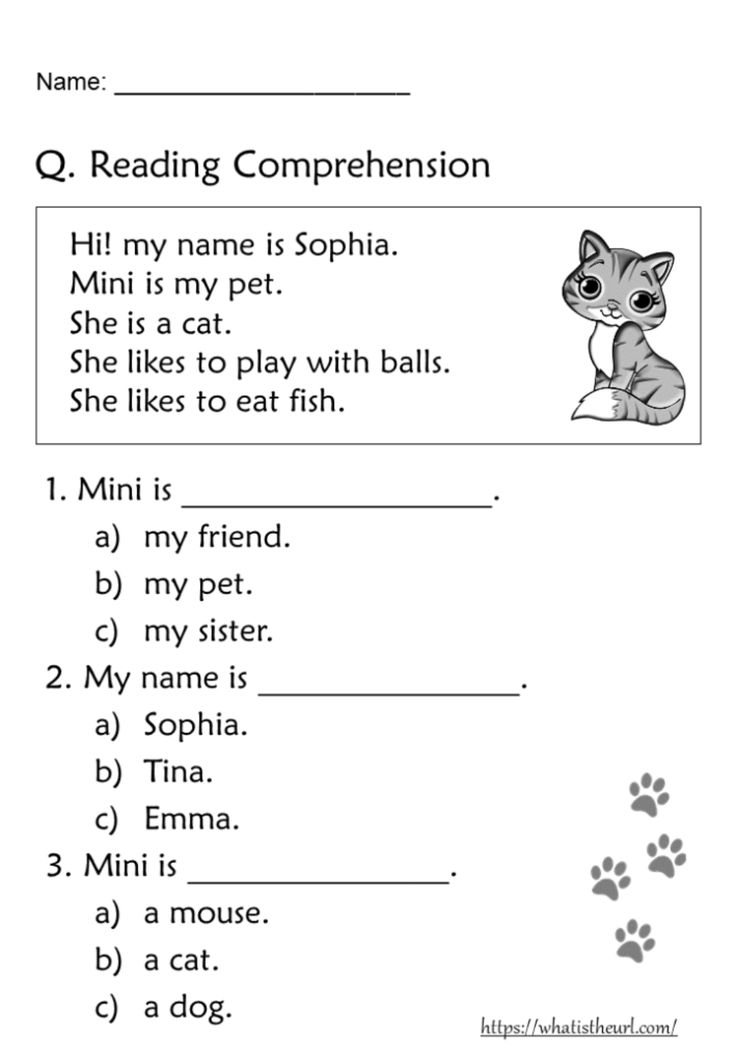 During reading, teachers can direct children's attention to difficult or subtle dimensions of the text, point out difficult words and ideas, and ask children to identify problems and solutions. After reading, children may be asked to retell or summarize stories, to create graphic organizers (such as webs, cause-and-effect charts, or outlines), to put pictures of story events in order, and so on. Children can be taught specific metacognitive strategies, such as asking themselves on a regular basis whether what they are reading makes sense or whether there is a one-to-one match between the words they read and the words on the page.
During reading, teachers can direct children's attention to difficult or subtle dimensions of the text, point out difficult words and ideas, and ask children to identify problems and solutions. After reading, children may be asked to retell or summarize stories, to create graphic organizers (such as webs, cause-and-effect charts, or outlines), to put pictures of story events in order, and so on. Children can be taught specific metacognitive strategies, such as asking themselves on a regular basis whether what they are reading makes sense or whether there is a one-to-one match between the words they read and the words on the page.
Writing programs
Creative and expository writing instruction should begin in kindergarten and continue during first grade and beyond. Writing, in addition to being valuable in its own right, gives children opportunities to use their new reading competence. Research shows invented spelling to be a powerful means of leading students to internalize phonemic awareness and the alphabetic principle.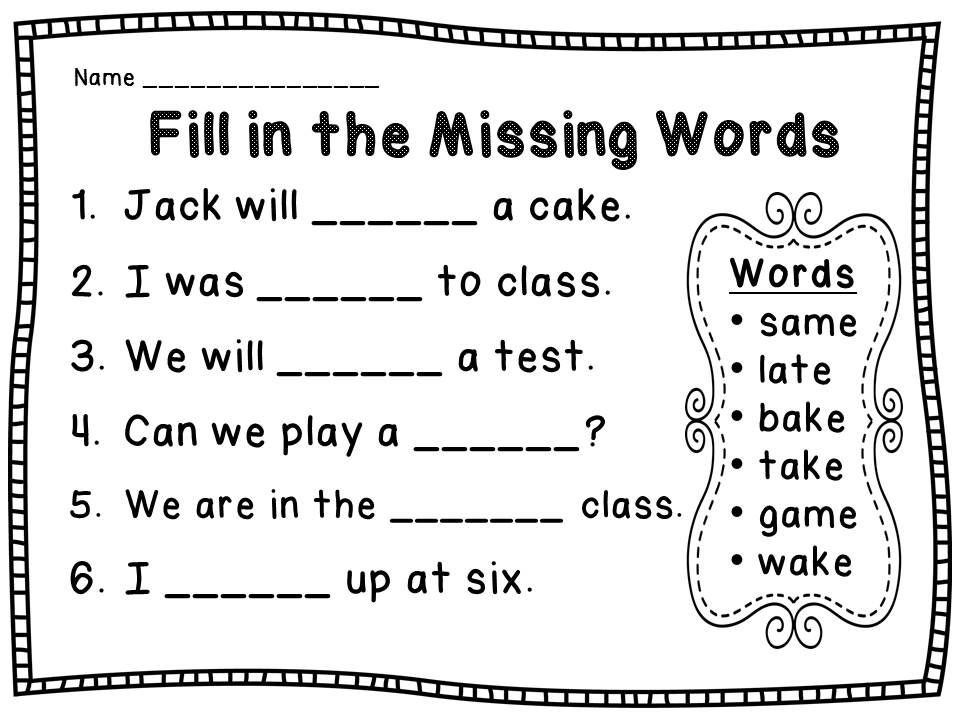 Still, while research shows that using invented spelling is not in conflict with teaching correct spelling, the National Academy of Sciences report does recommend that conventionally correct spelling be developed through focused instruction and practice at the same time students use invented spelling. The Academy report further recommends that primary grade children should be expected to spell previously studied words and spelling patterns correctly in final writing products.
Still, while research shows that using invented spelling is not in conflict with teaching correct spelling, the National Academy of Sciences report does recommend that conventionally correct spelling be developed through focused instruction and practice at the same time students use invented spelling. The Academy report further recommends that primary grade children should be expected to spell previously studied words and spelling patterns correctly in final writing products.
Smaller class size
Class size makes a difference in early reading performance. Studies comparing class sizes of approximately 15 to those of around 25 in the early elementary grades reveal that class size has a significant impact on reading achievement, especially if teachers are also using more effective instructional strategies. Reductions of this magnitude are expensive, of course, if used all day. An alternative is to reduce class size just during the time set aside for reading, either by providing additional reading teachers during reading periods or by having certified teachers who have other functions most of the day (e. g., tutors, librarians, or special education teachers) teach a reading class during a common reading period.
g., tutors, librarians, or special education teachers) teach a reading class during a common reading period.
Curriculum-based assessment
In first grade and beyond, regular curriculum-based assessments are needed to guide decisions about such things as grouping, the pace of instruction, and individual needs for assistance (such as tutoring). The purpose of curriculum-based assessment is to determine how children are doing in the particular curriculum being used in the classroom or school, not to indicate how children are doing on national norms. In first grade, assessments should focus on all of the major components of early reading: decoding of phonetically regular words, recognition of sight words, comprehension, writing, and so on.
Informal assessments can be conducted every day. Anything children do in class gives information to the teacher that can be used to adjust instruction for individuals or for the entire class. Regular schoolwide assessments based on students' current reading groups can be given every six to 10 weeks.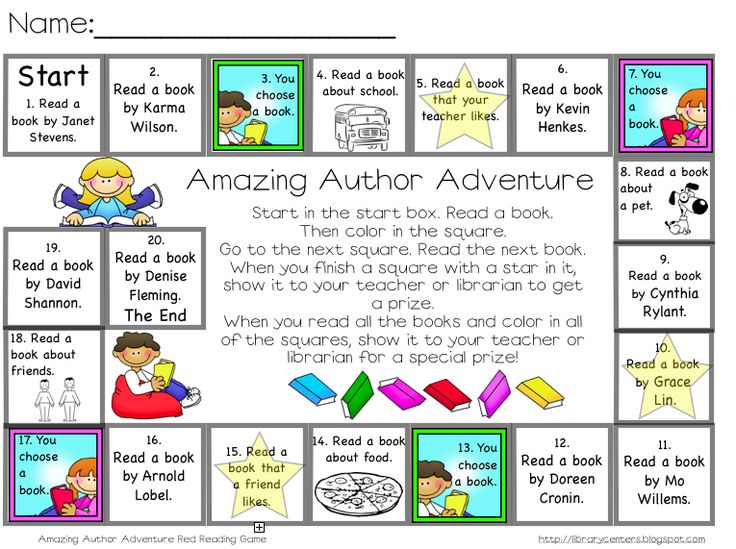 These might combine material read to children, material to which children respond on their own, and material the child reads to the teacher individually. These school assessments should be aligned as much as possible with any district or state assessments students will have to take.
These might combine material read to children, material to which children respond on their own, and material the child reads to the teacher individually. These school assessments should be aligned as much as possible with any district or state assessments students will have to take.
Effective grouping strategies
Children enter first grade at very different points in their reading development. Some already read, while others lack even the most basic knowledge of letters and sounds. Recognizing this, schools have long used a variety of methods to group children for instruction appropriate to their needs. Each method has its own advantages and disadvantages.
The most common method is to divide children within their own class into three or more reading groups, which take turns working with the teacher. The main problem with this strategy is that it requires follow-up time activities children can do on their own while the teacher is working with another group. Studies of follow-up time find that, all too often, it translates to busywork.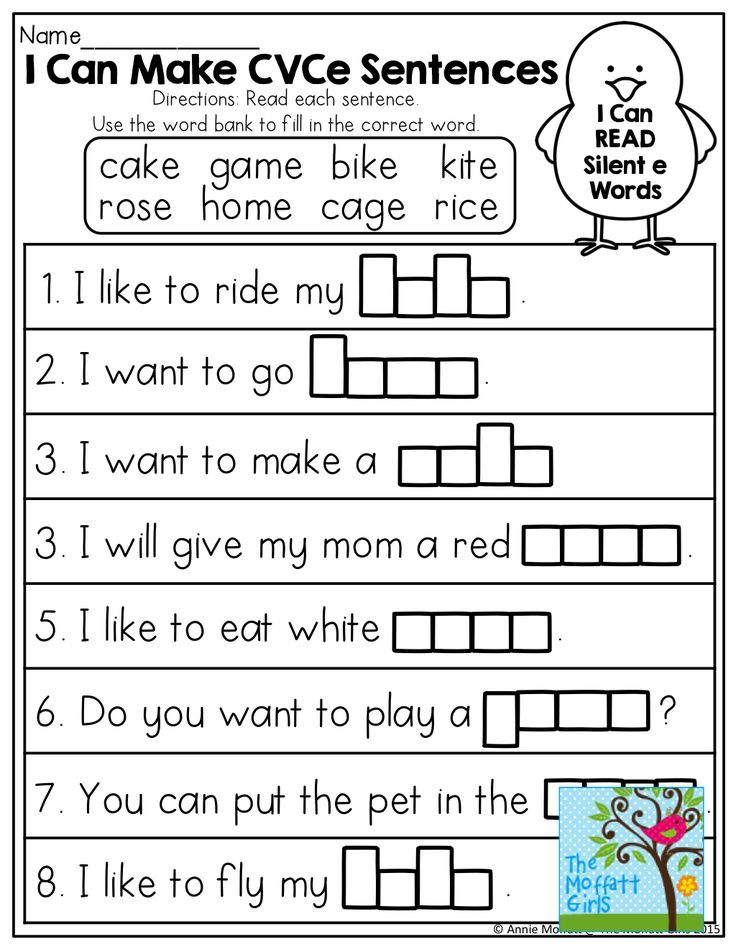 Follow-up time spent in partner reading, writing, working with a well-trained paraprofessional, or other activities closely linked to instructional objectives may be beneficial; but teachers must carefully review workbook, computer, or other activities to be sure they are productive.
Follow-up time spent in partner reading, writing, working with a well-trained paraprofessional, or other activities closely linked to instructional objectives may be beneficial; but teachers must carefully review workbook, computer, or other activities to be sure they are productive.
Another strategy is grouping within the same grade. For example, during reading time there might be a high, middle, and low second-grade group. The problem with this type of grouping is that it creates a low group with few positive models.
Alternatively, children in all grades can be grouped in reading according to their reading level and without regard to age. A second-grade-level reading class might include some first-graders, many second-graders, and a few third-graders. An advantage of this approach is that it mostly eliminates the low group problem, and gives each teacher one reading group. The risk is that some older children will be embarrassed by being grouped with children from a lower grade level.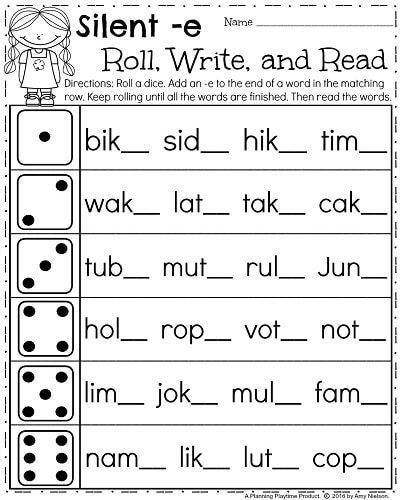 Classroom management and organization for reading instruction are areas that deserve further research and attention.
Classroom management and organization for reading instruction are areas that deserve further research and attention.
Tutoring support
Most children can learn to read by the end of first grade with good-quality reading instruction alone. In every school, however, there are children who need more assistance. Small-group remedial methods, such as those typical of Title I or special education resource room programs, have not generally been found to be effective in increasing the achievement of these children. One-to-one tutoring, closely aligned with classroom instruction, has been effective for struggling first-graders. While it is often best to have certified teachers working with children with the most serious difficulties, well-trained paraprofessionals can develop a valuable expertise for working with these children. Trained volunteers who are placed in well-structured, well-supervised programs also can be a valuable resource.
Home reading
Children should be spending more time on reading than is available at school.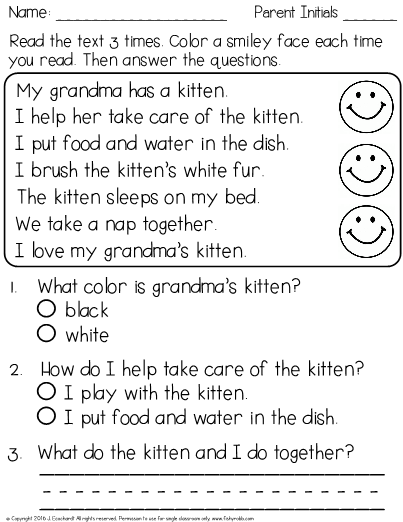 They should read at home on a regular basis, usually 20 to 30 minutes each evening. Parents can be asked to send in signed forms indicating that children have done their home reading. Many teachers ask that children read aloud with their parents, siblings, or others in first grade and then read silently thereafter. The books the children read should be of interest to them and should match their reading proficiency.
They should read at home on a regular basis, usually 20 to 30 minutes each evening. Parents can be asked to send in signed forms indicating that children have done their home reading. Many teachers ask that children read aloud with their parents, siblings, or others in first grade and then read silently thereafter. The books the children read should be of interest to them and should match their reading proficiency.
Gradual teaching of reading and writing for first graders
For those who have worked at school for a single year, the problem of teaching a first grader to read and write is painfully familiar. Today, only a small part of children have no problems in mastering reading and writing, while the majority have disorders that speech therapists refer to as "dyslexia" and "dysgraphia", described in the scientific literature more than 100 years ago. During this time, scientists have conducted a huge amount of research and accumulated theoretical and practical material on these violations, but despite this, the problem still remains one of the most urgent, complex and insufficiently resolved by modern science.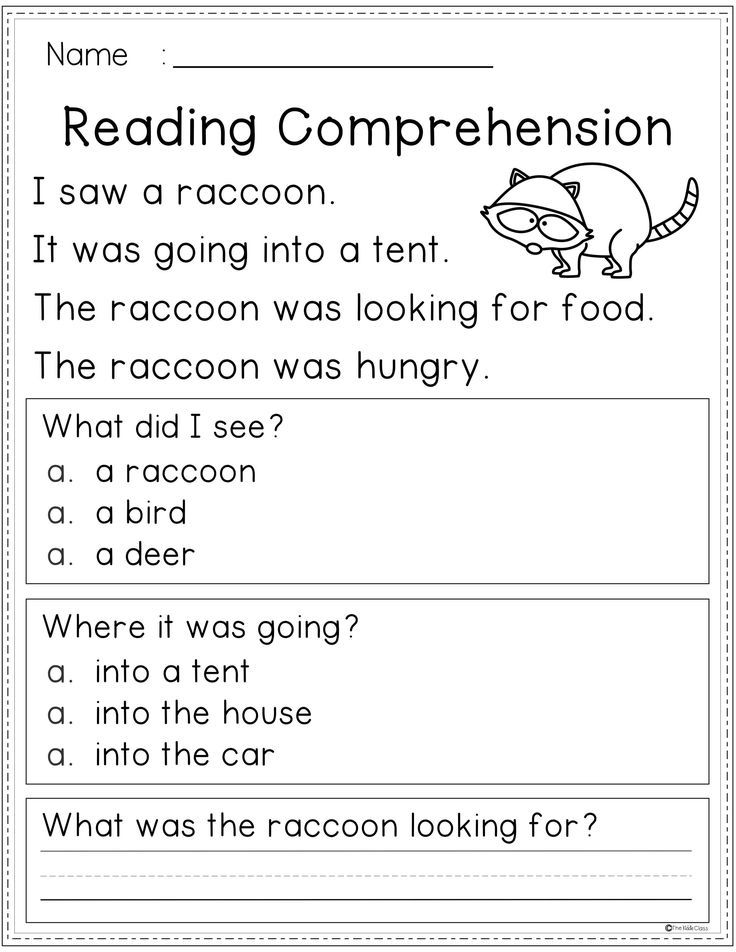 nine0003
nine0003
The increased interest of researchers in this problem is not accidental. It is explained by the fact that dysgraphia and dyslexia in children is a very common phenomenon. These violations seriously impede the development of school knowledge and cannot be compensated by the child on their own without outside help. The primary school teacher must understand that it is from him, from his knowledge, from his ability to properly organize the process of teaching a first grader to read and write, how successful the child will learn in the future depends. nine0003
The author of this article, a teacher with 24 years of experience, has repeatedly had to deal with problems in mastering writing and reading among first-graders, as well as persistent illiteracy, lack of elementary calligraphy skills and a low reading rate among students in grades 2-4. How to explain it? At first glance, each of the teachers does everything right, following the recommendations of the authors of the educational and methodological kits (Goretsky, Buneev, Zankov), but the result is not always positive. This means that teachers are doing something wrong or not quite right. nine0003
This means that teachers are doing something wrong or not quite right. nine0003
Wanting to solve the problem that had arisen, many books on speech therapy and psychology were re-read, and consultations were held with the school psychologist more than once. As a result, the conclusion was made: without a clear understanding of the psychological mechanisms of teaching literacy and reading, this problem cannot be solved. Among the variety of proposals on how to solve this problem, we found the most interesting and technologically advanced works by A. Kornev (Psychology of reading acquisition), E. Bugrimenko (Reading without coercion), teachers Maria Montessori and E. Potapova. nine0003
The result of studying books and our own reflections was an unexpected discovery: organizing the education of a first grader simultaneously through three channels (acquaintance with sounds and letters, teaching reading and writing), we make a serious mistake - students with developmental problems (and such students come to the first grade every year more and more) cannot at the same time normally assimilate the information offered to them.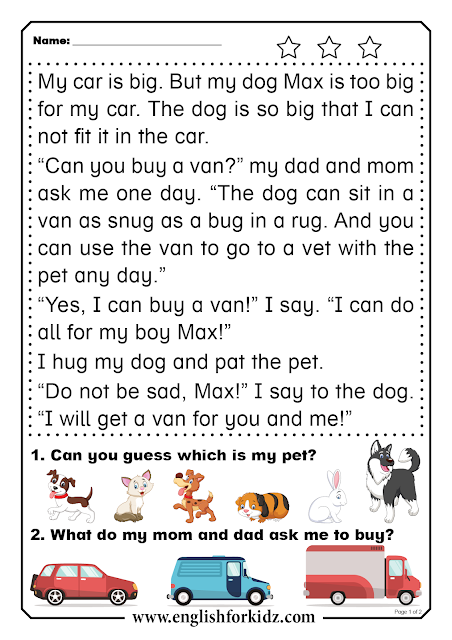 It should also be noted that the school programs do not take into account the fact that it is difficult for a child to simultaneously perform 2 types of work: reading and writing. The child must first form the concept of what the meaning of the graphic sign is, and only after the child learns to read, he can, having heard the word, transform it into a graphic form, put it together from letters and write it down. Only then can he be taught to write. A child who does not read or reads poorly will not be able to write accurately. This is an axiom that does not require proof. nine0003
It should also be noted that the school programs do not take into account the fact that it is difficult for a child to simultaneously perform 2 types of work: reading and writing. The child must first form the concept of what the meaning of the graphic sign is, and only after the child learns to read, he can, having heard the word, transform it into a graphic form, put it together from letters and write it down. Only then can he be taught to write. A child who does not read or reads poorly will not be able to write accurately. This is an axiom that does not require proof. nine0003
This is where many of the problems come from. The teacher must understand once and for all: when teaching reading and writing, close attention must be paid to sound-letter analysis, it is precisely this that scientists designate as a “nodal formation” that connects different forms of speech activity - sound pronunciation, reading, writing - this is the basis for successful learning to read and write .
To successfully teach reading and writing, three conditions must be observed: master the material according to the principle from general to particular (first the sound structure of the word, and then the names of the letters), observe the law of systemic differentiation (distinguishing large categories of sounds, then distinguishing and designating individual sounds with letters) , observe the principle of "natural conformity" (copying the sequence of mastering language material in childhood).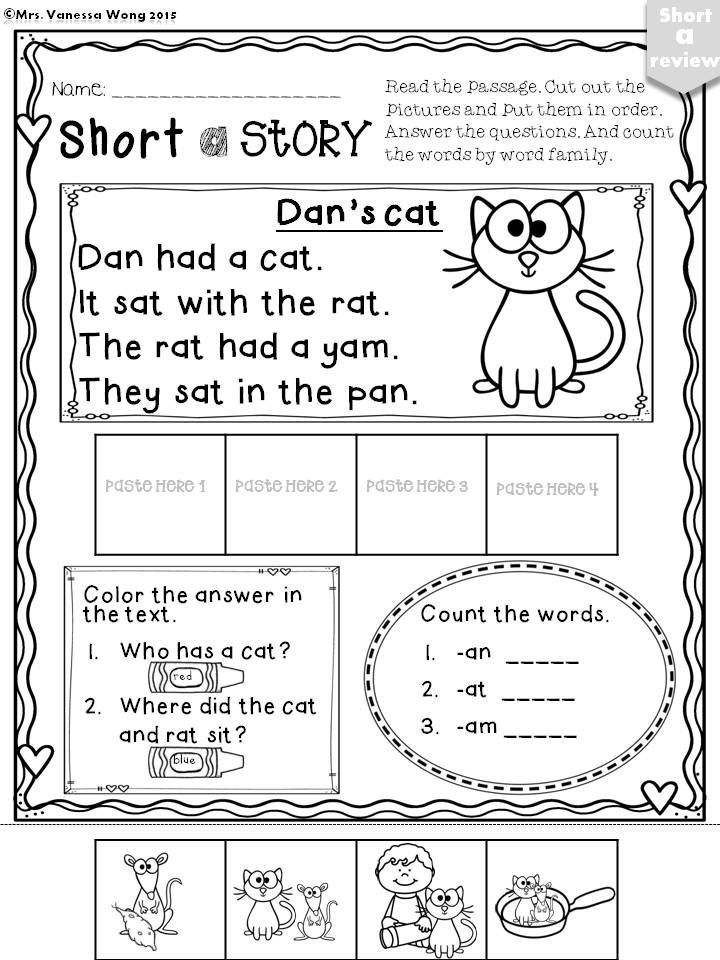 And all this corresponds to the method of teaching reading according to Elkonin. nine0003
And all this corresponds to the method of teaching reading according to Elkonin. nine0003
Therefore, everything is quite simple: first, teach to read well, and then learn to write beautifully and quickly!
After consulting with psychologists, the author of this article decided in the first grade, which she recruited in 2004, to teach reading and writing in stages. And over the next 12 years she continued this work.
The whole process of learning to read and write can be represented as follows:
- preliterate period.
The main goal of this period is to create the prerequisites for optimal learning to read and write through mastering the elements of phonemic analysis, developing muscle memory and motor coordination. nine0003
Such work is carried out as:
- teaching the elements of phonemic analysis (from sound to letter) - the use of games that help bring the skill of sound differentiation to automatism; tongue twisters, tongue twisters, rhymes;
− work with subject pictures;
- isolating words (lexemes) from the sounding flow of speech and compiling sentences of a given structure.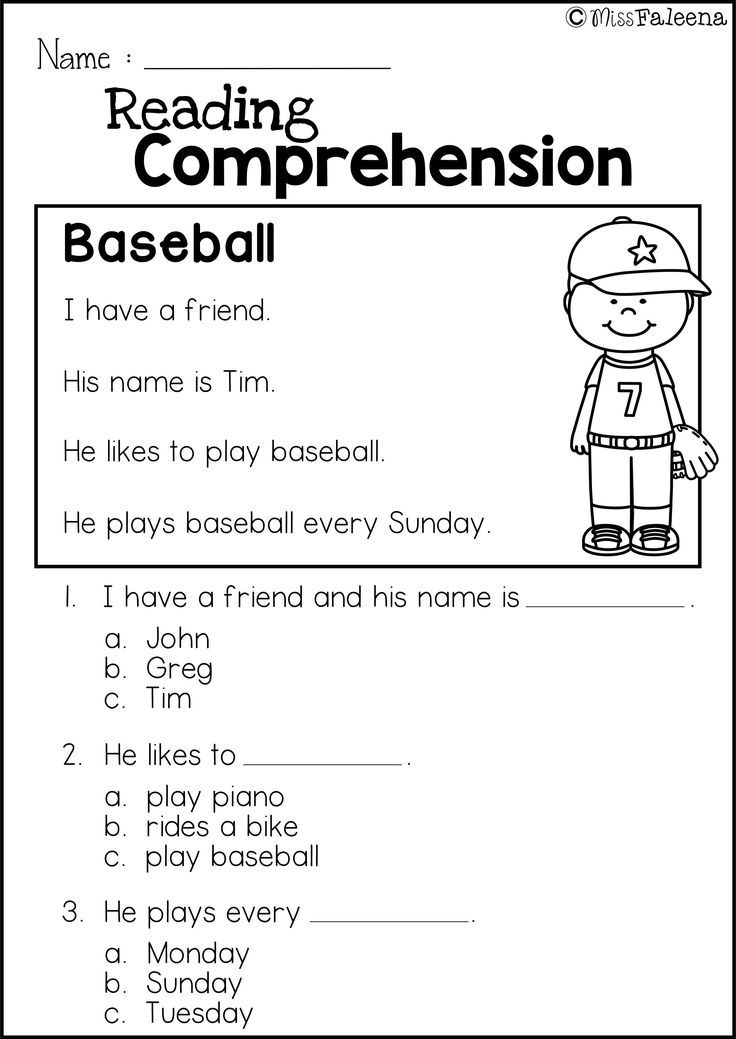
Paying close attention to the work on the analysis of the sound and syllabic composition of the word, reading propaedeutics is carried out, helping children "get used" to the reading process. nine0003
- development of muscle memory, work on coordination of movements (using the Potapova technique).
This work includes several stages:
- at the first stage, a special place is given to hatching (acquaintance with the main types and rules of hatching).
- for hatching, each student has a sheet of paper, stencils of geometric shapes, a pattern. It should be noted that by the end of the 1st half of the year of study in the 1st grade, children know very well and distinguish between the basic geometric shapes: square, rhombus, trapezoid, isosceles and equilateral triangles, oval. nine0003
- drawing up figures, compositions, with shading and, as you get acquainted with the letters, the use of letter elements in shading.
Simultaneously with hatching, finger games are held with children, with the help of which the mobility of the fingers, their strength and flexibility are developed, physical fatigue and moral stress are reduced during the lesson.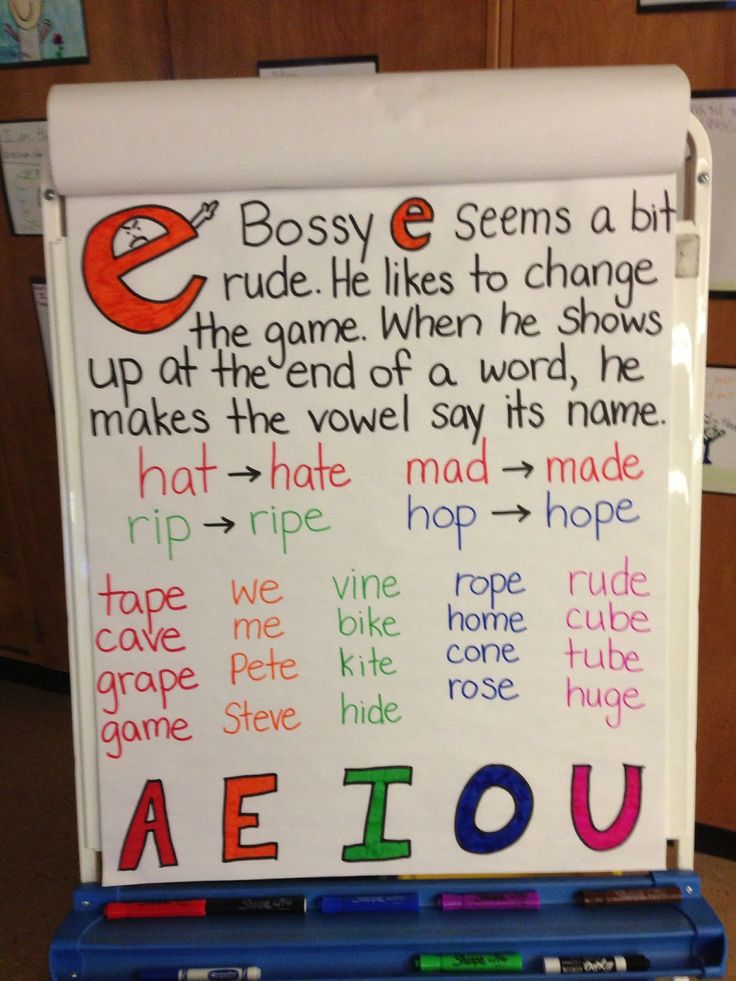
By the end of the pre-letter period, we achieve the following results:
- children master the elements of phonetic analysis, are able to distinguish syllables nine0003
- intensively developed motor skills of the hand
- Letter period.
The goal of this period is for each student to master a certain way of reading.
The following tasks are solved:
− further development of muscle memory;
- acquaintance with the phonemic composition of the language and the sound analysis of words;
- acquaintance with the alphabetic composition of the language and the sound-letter analysis of words;
- learning to read based on the sound method. nine0003
Practice has proven that there are 2 ways to qualitatively work on memorizing the graphic appearance of a letter by children: regular repetition of the studied sounds and letters; detailed work on the graphic appearance of the letter in the lesson.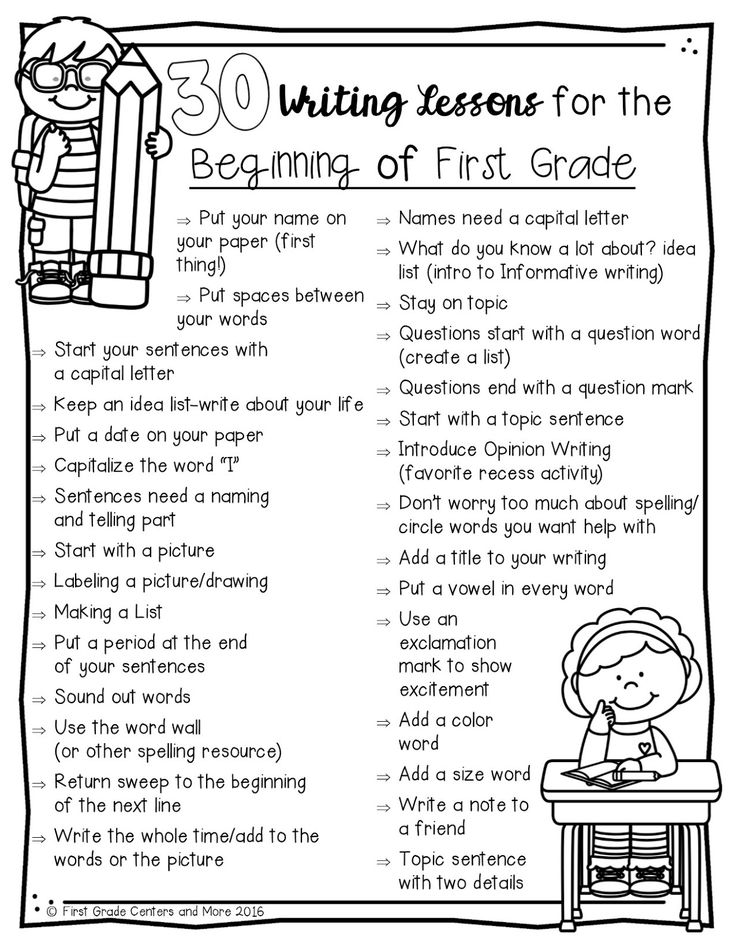 To better remember the graphic appearance of the letter, the author of the article uses such techniques as:
To better remember the graphic appearance of the letter, the author of the article uses such techniques as:
− element-by-element analysis of the graphic appearance of the letter;
- comparison of the configuration of the letter with specific objects;
- typing a letter; nine0003
- recognition of it in sentences, words and many others. others
The next step is to develop reading skills. In principle, teaching to read is carried out according to the traditional method. A fairly large place in teaching reading is given to reusable reading. Both didactic and role-playing games help with this.
In the process of learning to read, it is important to work on both reading technique and reading comprehension. Therefore, the development of the operational field of reading and memory is very important, and for this it is necessary to use special exercises for the development of visual perception (the basis of these exercises is a short perception of reading material and its subsequent reproduction).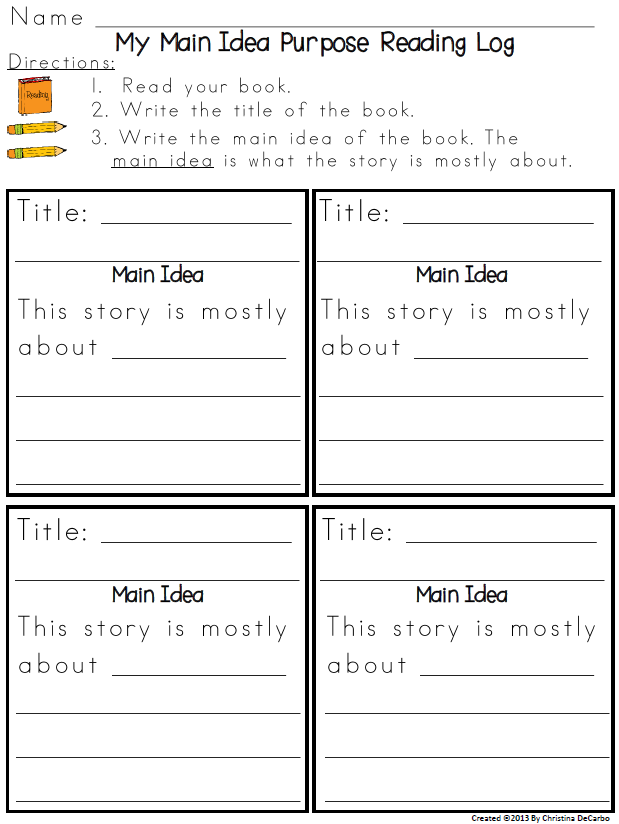 nine0003
nine0003
By the end of the literal period of the first half of the year, all children have learned to read, the reading technique averages 30-35 words per minute.
- Post-letter period.
It should be noted that the lessons of reading and writing are held separately.
Tasks for this period:
− work on the further development of muscle memory;
− teaching writing and developing calligraphic skills.
It is known that writing technology is determined by two main principles: nine0003
- the principle of element-by-element study of letters;
- the principle of single-variant and stable writing of written letters.
Potapova proposes to add one more thing - the principle of tactile study of letters. It was her methodology that formed the basis for teaching children to write. Potapova teaches the concept and image of a letter through touch, through the method of feeling a letter from sandpaper. The formation of a letter in the child's mind occurs with the help of the tactile receptors of the child's hand. And this stage begins with the study of the first letter and continues until the end of the study of the Primer. nine0003
The formation of a letter in the child's mind occurs with the help of the tactile receptors of the child's hand. And this stage begins with the study of the first letter and continues until the end of the study of the Primer. nine0003
Stages of the writing lesson:
- remember the letter, the elements of which it consists; feeling the letter (the letter is made of sand), remembering its image
- gymnastics for fingers in the form of finger games, during which, using a pen or pencil, children depicted the desired letter
- writing a letter in the air, with water on a board, modeling it from plasticine
- writing a letter in copybook: first by dots, then independently; writing various compounds, syllables, words, sentences. nine0026
Results of the post-letter period:
- all children master the skill of fluent reading, have learned to write beautifully and quickly.
The proposed system of step-by-step teaching of reading and writing to first-grade students takes into account, first of all, 2 factors: teaching reading and writing is impossible not only without a strict sequence of certain actions, but also without taking into account modern research in the field of speech therapy and psychology.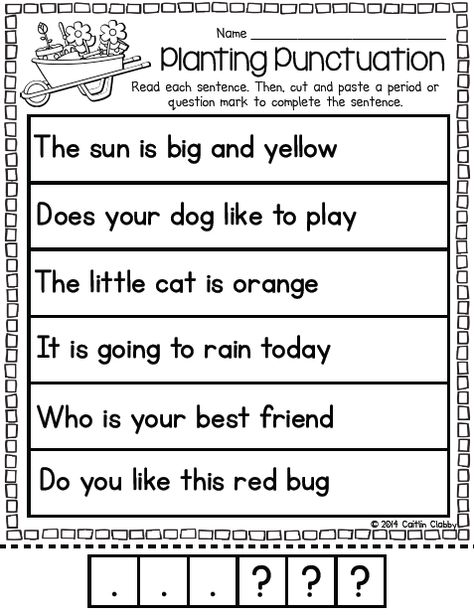 And the results of recent studies indicate that the state of the motor sphere of students significantly affects the process of mastering reading and writing. In children with insufficiency of motor systems and a poorly developed sense of rhythm (almost all first-graders have this), one of the necessary conditions for a successful transition from the stage of learning to write to the stage of writing speech is the complete formation of graphic-motor competence. Hence, in the author's system, such close attention is paid to such techniques as: the development of muscle memory (hatching, finger games, the use of sand letters), the coordination of hand and foot movements, the development of intersensory coordination and a sense of rhythm (for example, timed writing). nine0003
And the results of recent studies indicate that the state of the motor sphere of students significantly affects the process of mastering reading and writing. In children with insufficiency of motor systems and a poorly developed sense of rhythm (almost all first-graders have this), one of the necessary conditions for a successful transition from the stage of learning to write to the stage of writing speech is the complete formation of graphic-motor competence. Hence, in the author's system, such close attention is paid to such techniques as: the development of muscle memory (hatching, finger games, the use of sand letters), the coordination of hand and foot movements, the development of intersensory coordination and a sense of rhythm (for example, timed writing). nine0003
By the beginning of the post-literal period, children had learned to read, and the reading technique averaged 30–35 words per minute. And by the end of the first grade, all children master the skill of fluent reading and can write beautifully and quickly.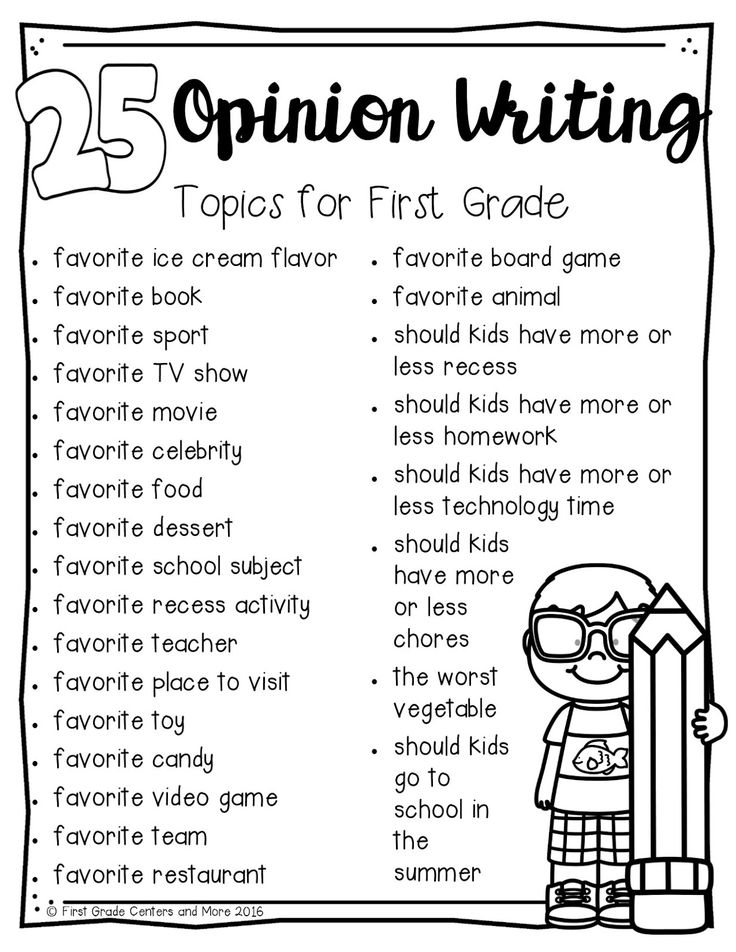
The proposed system requires a revision of many traditional ideas about teaching reading and writing. First of all, it is:
− creation of a completely new calendar and thematic planning
- a large amount of didactic material. nine0003
But all this work pays off by the end of the first grade, when your children's notebooks with beautiful even lines of letters lie on the table in front of you, and your ears are delighted by the smooth expressive reading of your wards.
Literature:
- Babina G. V., Grasse N. A. Formation of phonemic analysis skills in children with general speech underdevelopment. // Writing and reading: learning difficulties and correction. Textbook / Ed. O. B. Inshakova. - M.-Voronezh: NPO "MODEK", 2001. nine0026
- Bugrimenko E. A., Tsukerman G. A. Reading without coercion. — M.: Knowledge, 1987.
- Velichenkova OA Analysis of specific writing errors of younger schoolchildren.
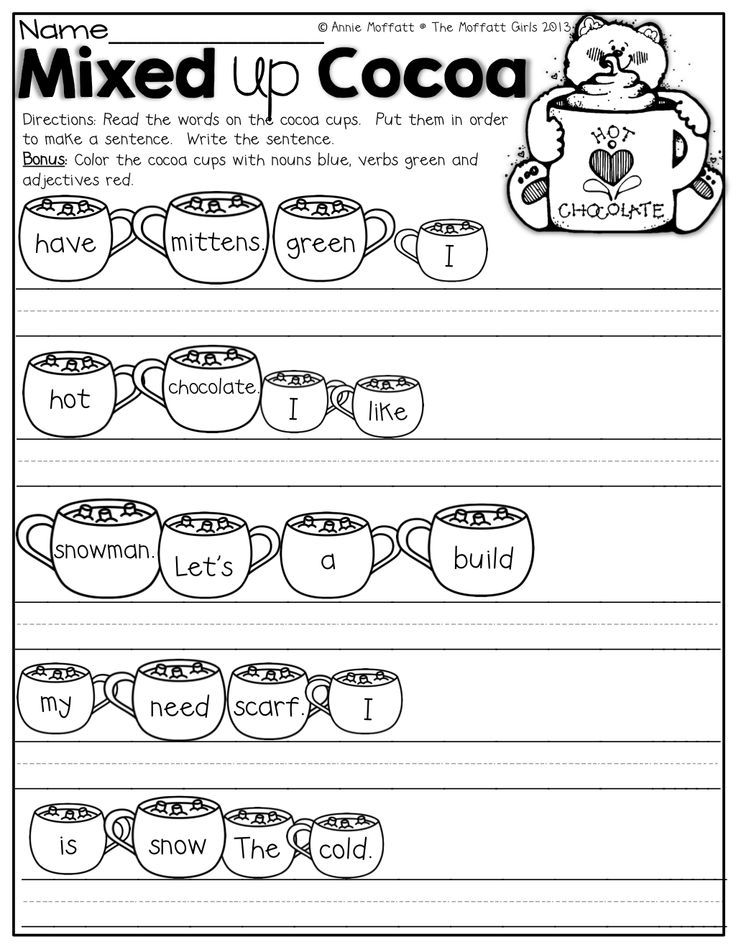 // Writing and reading: learning difficulties and correction. Textbook / Ed. O. B. Inshakova - M. - Voronezh: NPO "MODEK", 2001.
// Writing and reading: learning difficulties and correction. Textbook / Ed. O. B. Inshakova - M. - Voronezh: NPO "MODEK", 2001. - Voloskova N. N. Formation of the graph-motor component of writing in primary school students. // Writing and reading: learning difficulties and correction. Textbook / Ed. O. B. Inshakova. - M. - Voronezh: NPO "MODEK", 2001. nine0026
- Zhurova L. E. and others. Diploma. Textbook for the 1st grade of a four-year elementary school / Ed. L. E. Zhurova. — M.: Ventana-Graff, 2001.
- Zhurova L. E. and others. Reading and writing. Textbook for the 1st grade of a four-year elementary school / Ed. L. E. Zhurova. — M.: Ventana-Graff, 2001.
- Kornev A. N. Psychology of learning to read. // Writing and reading: learning difficulties and correction. Textbook / Ed. O. B. Inshakova. - M. - Voronezh: NPO "MODEK", 2001. nine0026
- Korsakova N. K. et al. Underachieving children: neuropsychological diagnosis of difficulties in teaching younger schoolchildren.
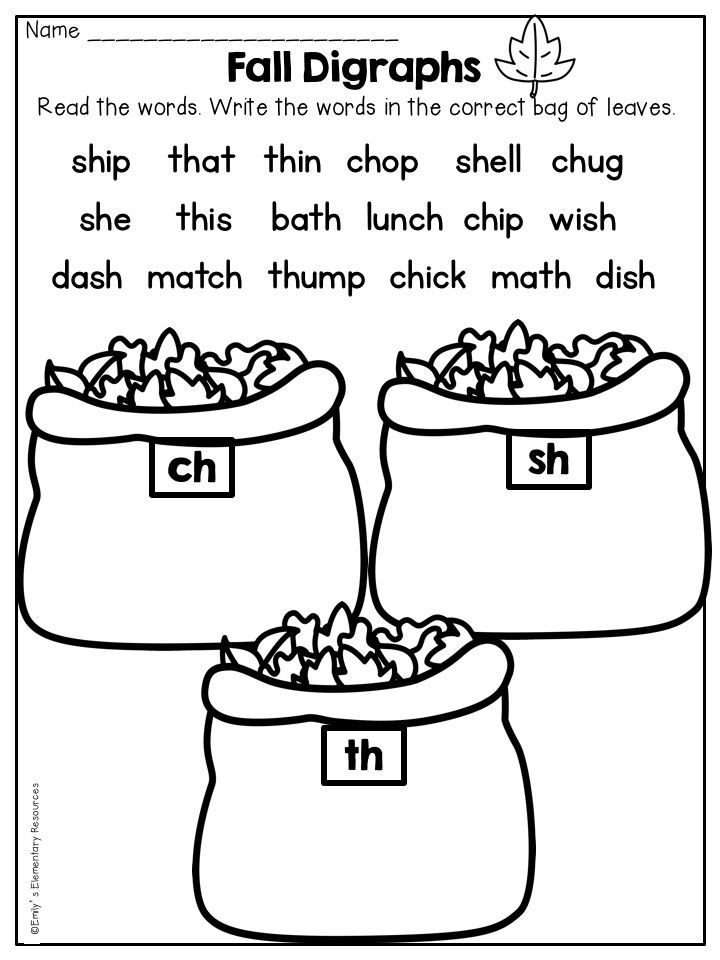 - M .: Russian Pedagogical Agency, 1997.
- M .: Russian Pedagogical Agency, 1997. - Maksimuk N.N. Games for teaching literacy and reading. — M.: VAKO, 2004.
- Montessori M. Help me do it myself. - M .: Publishing house "Karapuz", 2000.
- Paramonova L. G. Prevention and elimination of dysgraphia in children. - St. Petersburg: Lenizdat; Soyuz Publishing House, 2001. nine0026
- Potapova E. N. The joy of knowledge. - M .: Education, 1990.
Basic terms (automatically generated) : reading, writing, muscle memory, letter graphic, child, letter, learning, close attention, problem, work.
How to teach your child to read: effective methods for teaching reading
To facilitate the adaptation to the first grade and the workload, parents strive to teach their child to read before school. But to ensure the desired result, you need to start classes in a timely manner, having selected a suitable technique in advance. In this article, we will tell you how to determine that the baby is already ready for literacy, and consider various formats for teaching reading to preschoolers.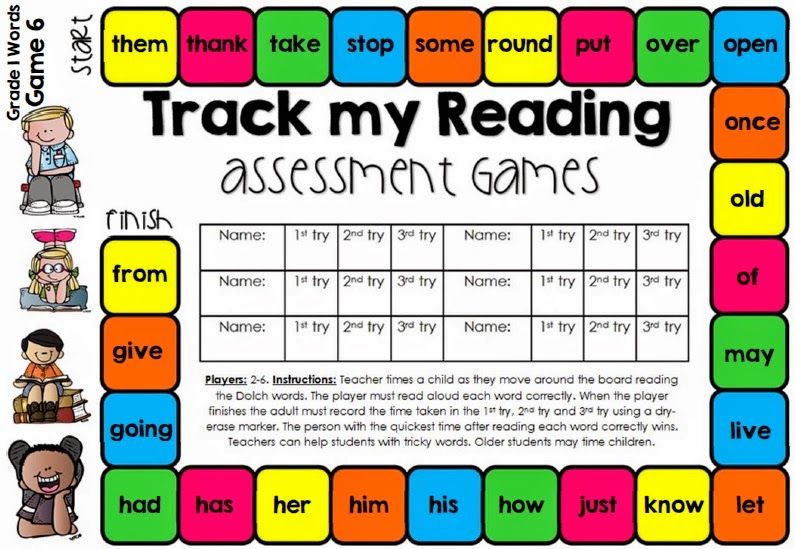 nine0003
nine0003
At what age do you start learning to read?
There is no consensus on when it is better to start classes - every parent or teacher has their own thoughts on this matter. However, most experts recommend starting to learn to read no earlier than 5 years. By this age, the necessary abilities are already being formed - the ability to memorize, reproduce in memory and recognize various symbols.
But age is far from the only indicator of readiness for learning. Therefore, it is important to make sure that he already has all the necessary abilities. nine0003
How to understand if a child is ready to start school
The first step is to make sure that the student already has all the necessary skills. First of all, it concerns the level of development of oral speech. A preschooler should be able to express himself clearly and logically, build sentences correctly, pronounce all sounds, talk about certain topics, retell any events.
It is also important to consider the level of concentration.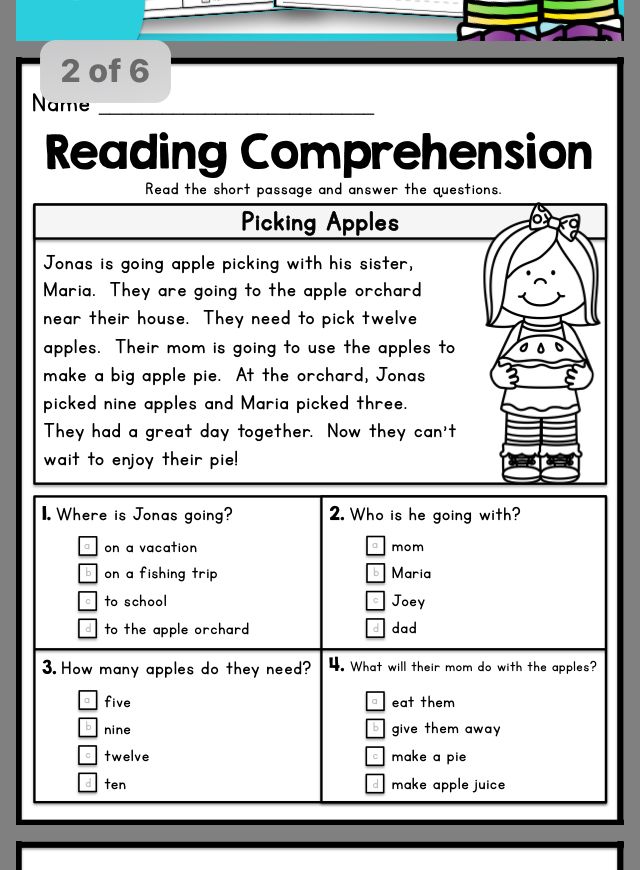 Not all children are able to concentrate on a lesson for a long time without being distracted by third-party stimuli. If they lack perseverance, then they will not be able to fully perceive the material offered by their parents or teacher, which means that the effectiveness of classes will decrease. nine0003
Not all children are able to concentrate on a lesson for a long time without being distracted by third-party stimuli. If they lack perseverance, then they will not be able to fully perceive the material offered by their parents or teacher, which means that the effectiveness of classes will decrease. nine0003
Only after making sure that the student is ready, you can start learning to read and write, and for this you need to choose the most suitable one from the list of various programs. Let's consider them in more detail.
Techniques for teaching preschoolers to read
There are many methods to teach children to read, but the phonetic method is the most popular. It is on its basis that preschoolers study in kindergarten, and it is on its basis that first-graders are taught to read and write in schools. The phonetic (or sound) method involves the sequential study of sounds, and then letters and syllables, up to mastering the phrasal perception of the text. Parents and educators appreciate this approach for consistency and for the ability to smoothly transition from one topic to another. nine0003
nine0003
But along with this method, others are also popular:
- Montessori method. The difference of this method lies in the fact that the kids first learn to write letters by tracing them with a finger on special contour aids, and only then they study them. The pluses include additional motor development and a game form that allows you to engage with interest. But there are also disadvantages - a large amount of methodological materials is required. Also, the educator or parent who uses this method is not teaching as much as observing the process, which results in performance degradation. nine0204
- Zaitsev Cubes. For classes, special cubes are used, which depict various letters or their combinations - warehouses. They are different from the usual syllables. If a vowel must be present in a syllable, then warehouses can consist of both a combination of a vowel and a consonant, and one consonant or its combination with a hardness / softness sign. For example, the reproduction of the words “locomotive” and “swan” in warehouses will look like “pa-ro-vo-z” and “swan-be-d”.
 It is believed that this way it is much easier for kids to learn the basics. But it is worth remembering that at school the children will have to parse syllables and demonstrate the skills of reading syllable by syllable. If they were trained on Zaitsev's cubes, then they will have to relearn. nine0026
It is believed that this way it is much easier for kids to learn the basics. But it is worth remembering that at school the children will have to parse syllables and demonstrate the skills of reading syllable by syllable. If they were trained on Zaitsev's cubes, then they will have to relearn. nine0026 - Method Soboleva. It is based on the involvement of the baby's imagination, and the program itself takes into account how he perceives information better - visually, kinetically, by ear. The student masters this or that letter through any image - the image of a recognizable character or object. The game approach is used, which allows not only to teach the child to read, but also to captivate him with reading. With all the advantages of this program, it lacks consistency, but its elements are often used in other learning formats. nine0204
- Doman cards. This program is different from all of the above - it teaches kids to immediately perceive whole words, skipping other stages.
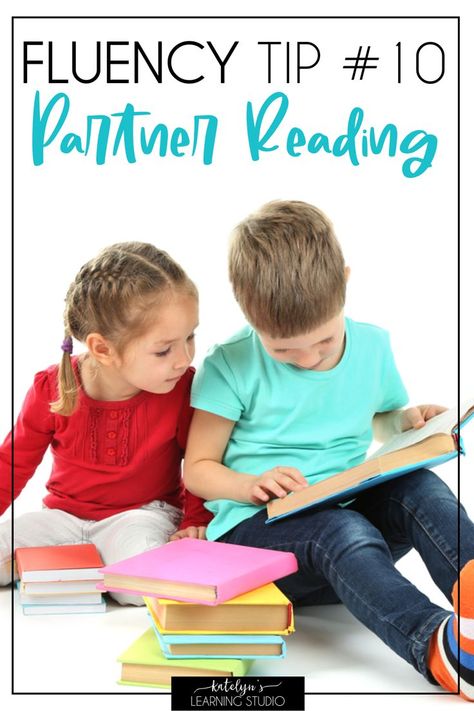 Proponents of this method argue that it can be taught from a very early age. However, if adults teach a child to read from cards, then this can cause problems at school age - it will be difficult for students to parse the word, since they missed the sound, letter and syllable stages.
Proponents of this method argue that it can be taught from a very early age. However, if adults teach a child to read from cards, then this can cause problems at school age - it will be difficult for students to parse the word, since they missed the sound, letter and syllable stages.
Important step: reading by syllables
Some programs, as well as non-systemic self-study, do not allow you to work out one of the most significant stages - the syllable. In the future, this leads to the fact that it is difficult for the student to master phrase reproduction. He fails to smoothly transition to it after the syllabic stage, as the speed and quality of reading perception suffer.
Therefore, after learning the alphabet and mastering letter-by-letter reproduction, it is also necessary to study syllables, starting with simple ones and gradually moving on to complex ones. This approach is used in the sound method, so it is best suited for teaching children to read.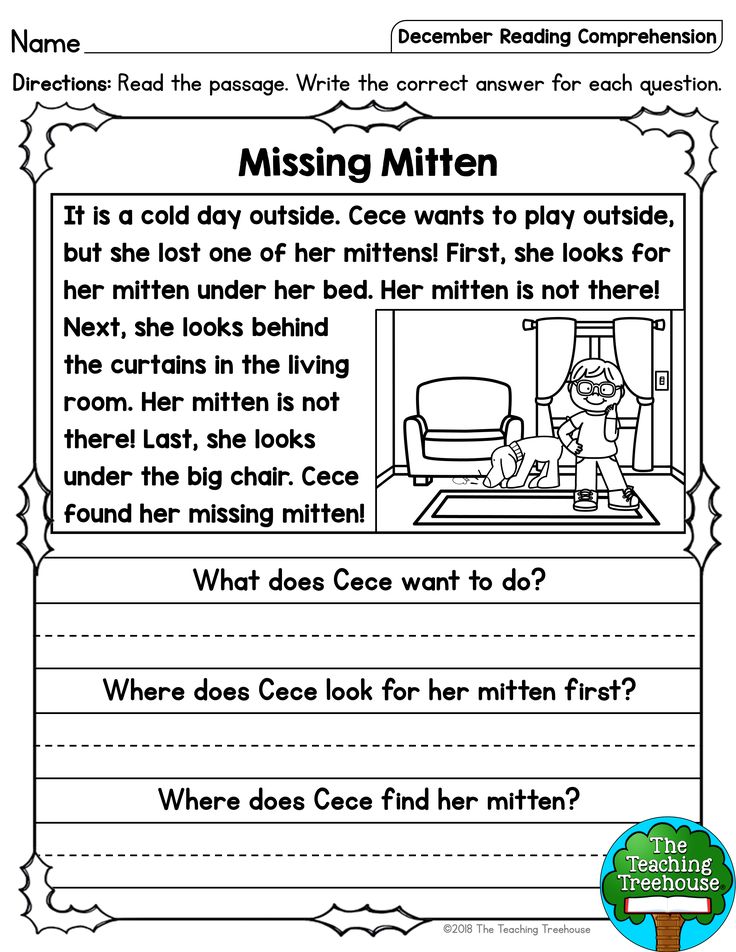 nine0003
nine0003
Games that teach reading
Even the tried-and-tested classic method needs to be adapted for preschoolers, and for this it is worth introducing game elements into it. In this way, it will be possible to involve students in the lesson process, so that they can study with interest. During the lessons, you can use the following games:
- "name the objects that begin with ...". Parents call the baby a letter, and he comes up with as many words as possible that begin with it. This game not only reinforces knowledge about the alphabet, but also trains the imagination and expands vocabulary. nine0204
- "find the hidden letter." A letter is called to a preschooler, and he must quickly find it among others. By completing this task, he will be able to consolidate the material already studied and increase the speed of reaction.
- "find new words". Adults come up with and write down some long word, for example, “education”, and the kid makes words from its letters: “image”, “time”, “call”, “cart” and so on.
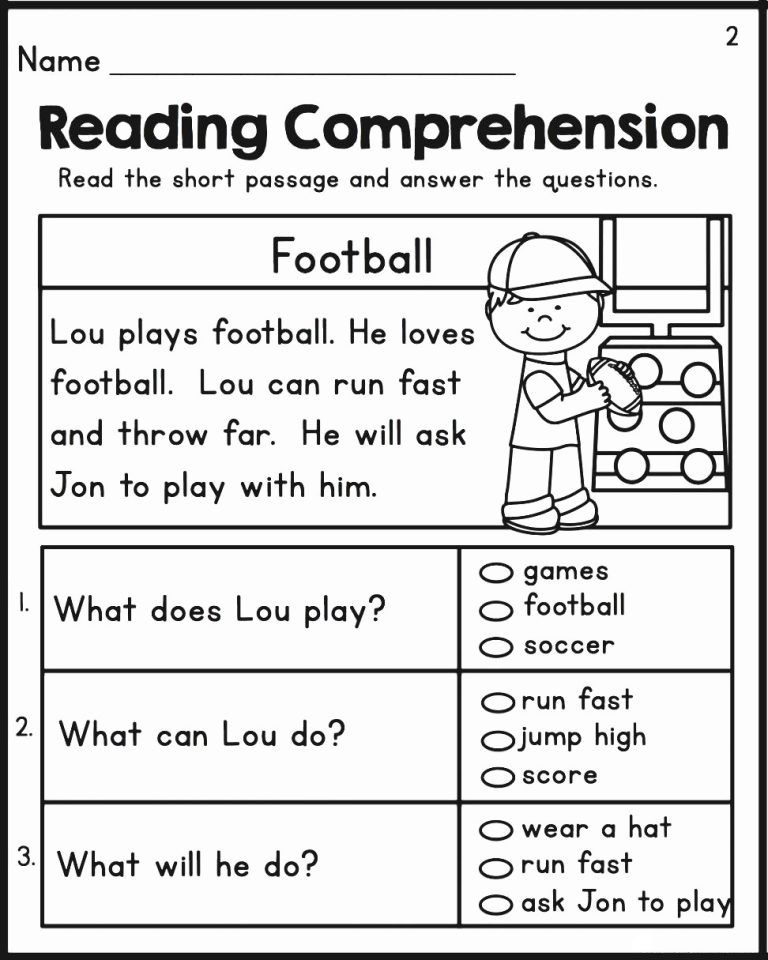
- "match with picture". It is proposed to read two words and combine one of them with a picture. This task trains imaginative thinking and text reproduction skills, and also teaches you to more consciously perceive what you read. nine0026
Reading exercises
Various exercises can be used to practice reading skills. For example, if the alphabet has already been studied, then you can name a letter and ask to determine what it is - a vowel or a consonant, soft or hard (for consonants), stressed or unstressed (for vowels). In the future, this exercise will help to better cope with the sound-letter analysis, which is studied in elementary grades. The kid will already know the main characteristics and properties of sounds, which will greatly facilitate the learning process. nine0003
Another important exercise is normal text reproduction. The more often a child reads, the more effectively he manages to improve his skills. However, before proceeding to this stage, you need to make sure that all the previous ones are well fixed and worked out.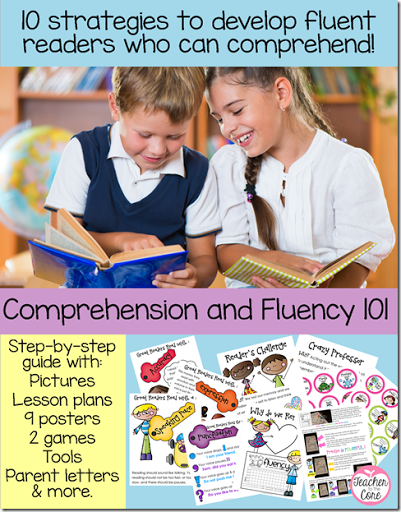 It is important to consistently study all the necessary topics, and for this you need to study according to a proven methodology.
It is important to consistently study all the necessary topics, and for this you need to study according to a proven methodology.
Basic techniques - which one to choose?
When choosing a program, it is important to pay attention to many criteria - to find out what stages it includes, in what form the classes are held, whether they will be interesting, whether it will be easy to learn to read. It is worth remembering that the task of this or that method is not only to teach literacy, but also to interest, arouse the desire to get acquainted first with small texts, and then with books. For this, classes should be conducted by professional teachers according to the program that takes into account the age characteristics of students. nine0003
Preschoolers aged 5 years and over and younger students will benefit from the AMAkids Intelligence Development Academy's method of learning to read. Its key feature is the game format, as well as the principle of a gradual transition from simple to complex topics.